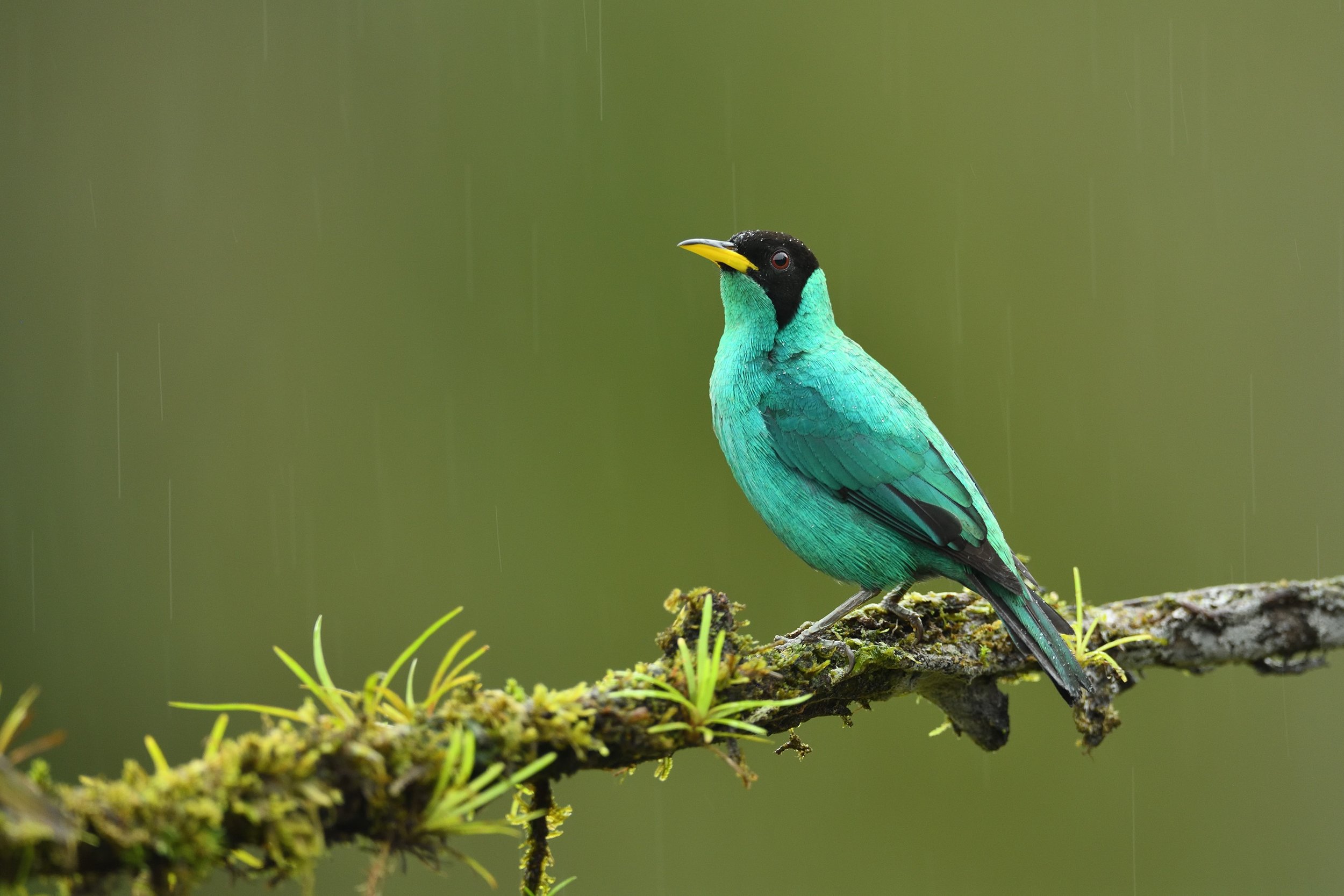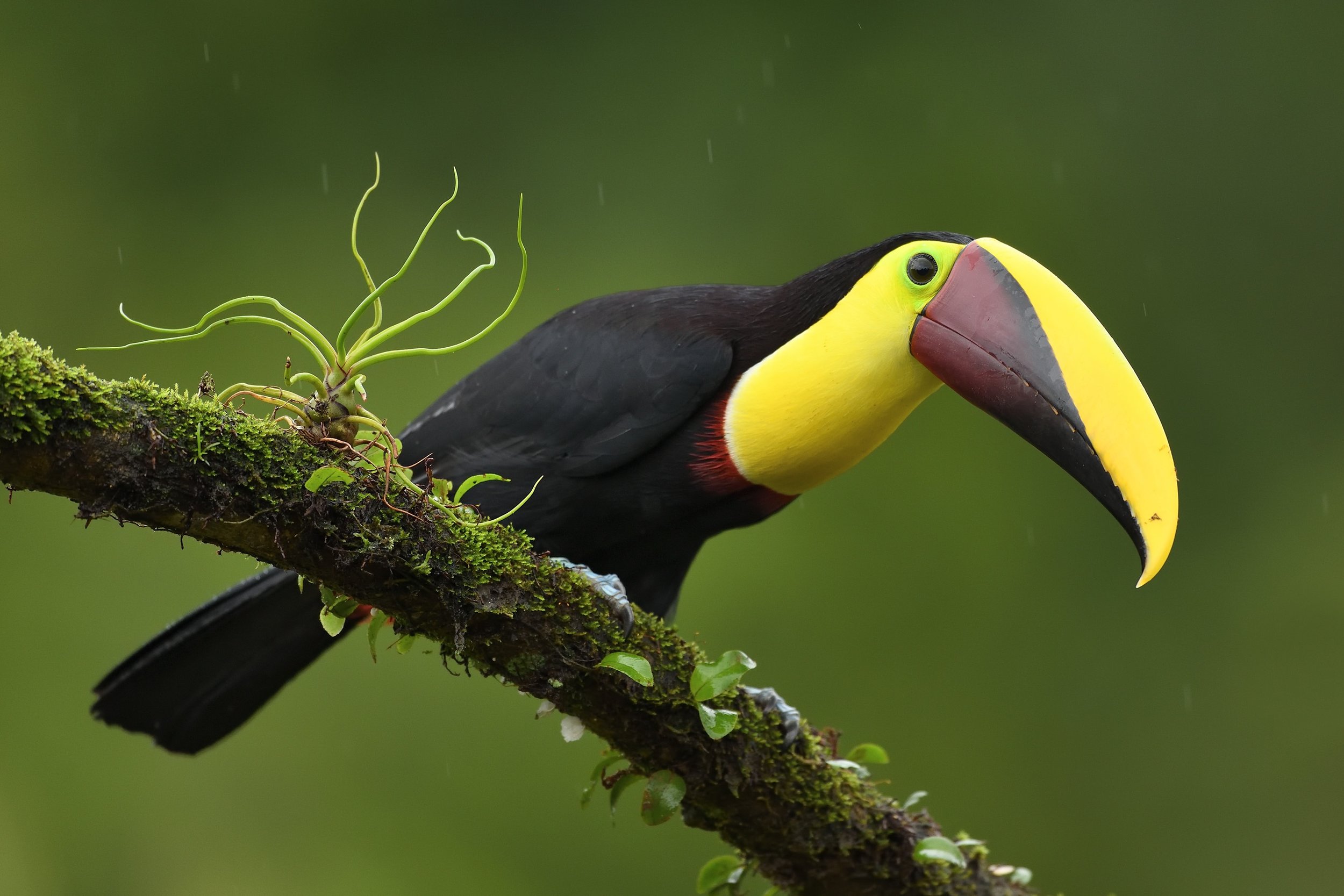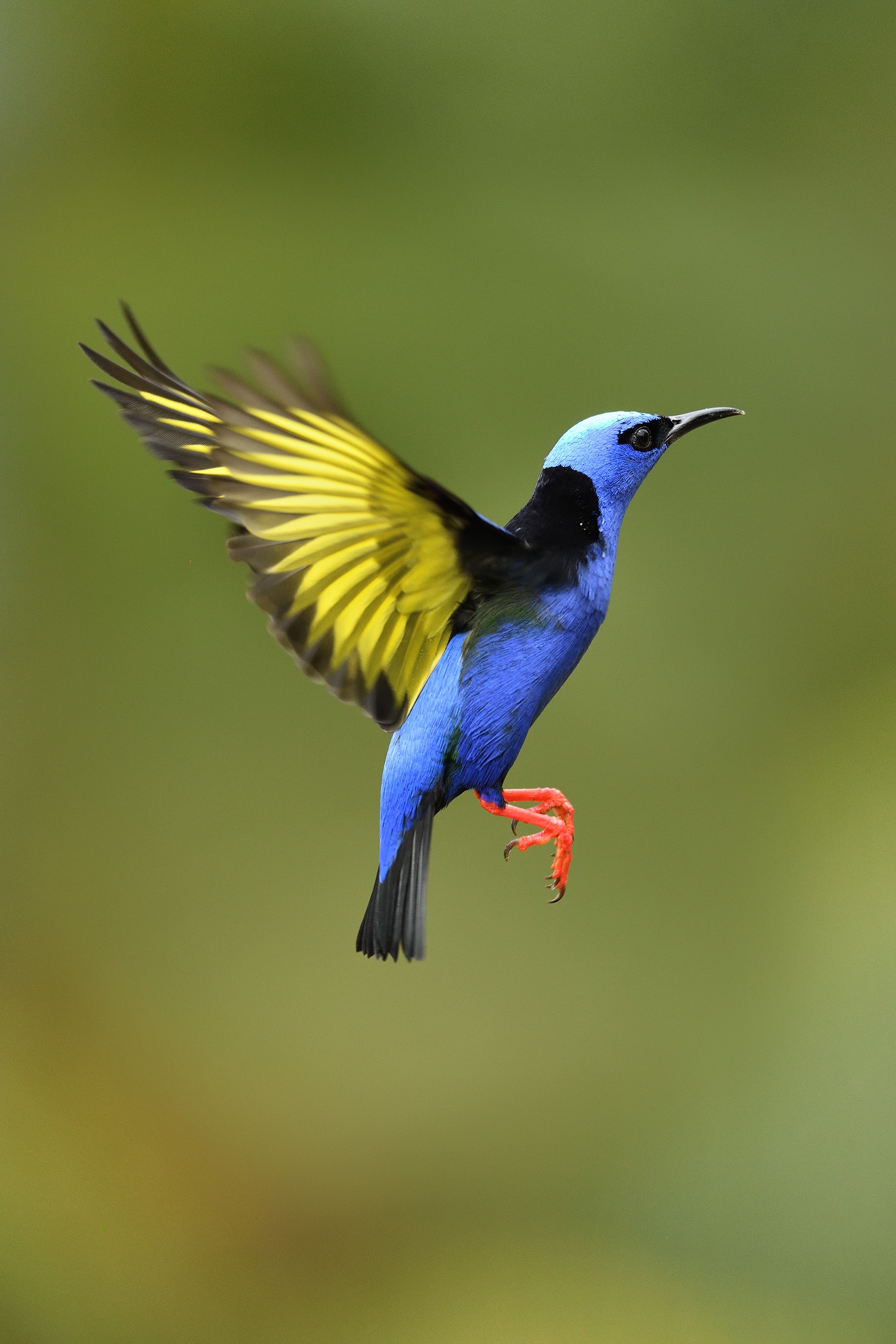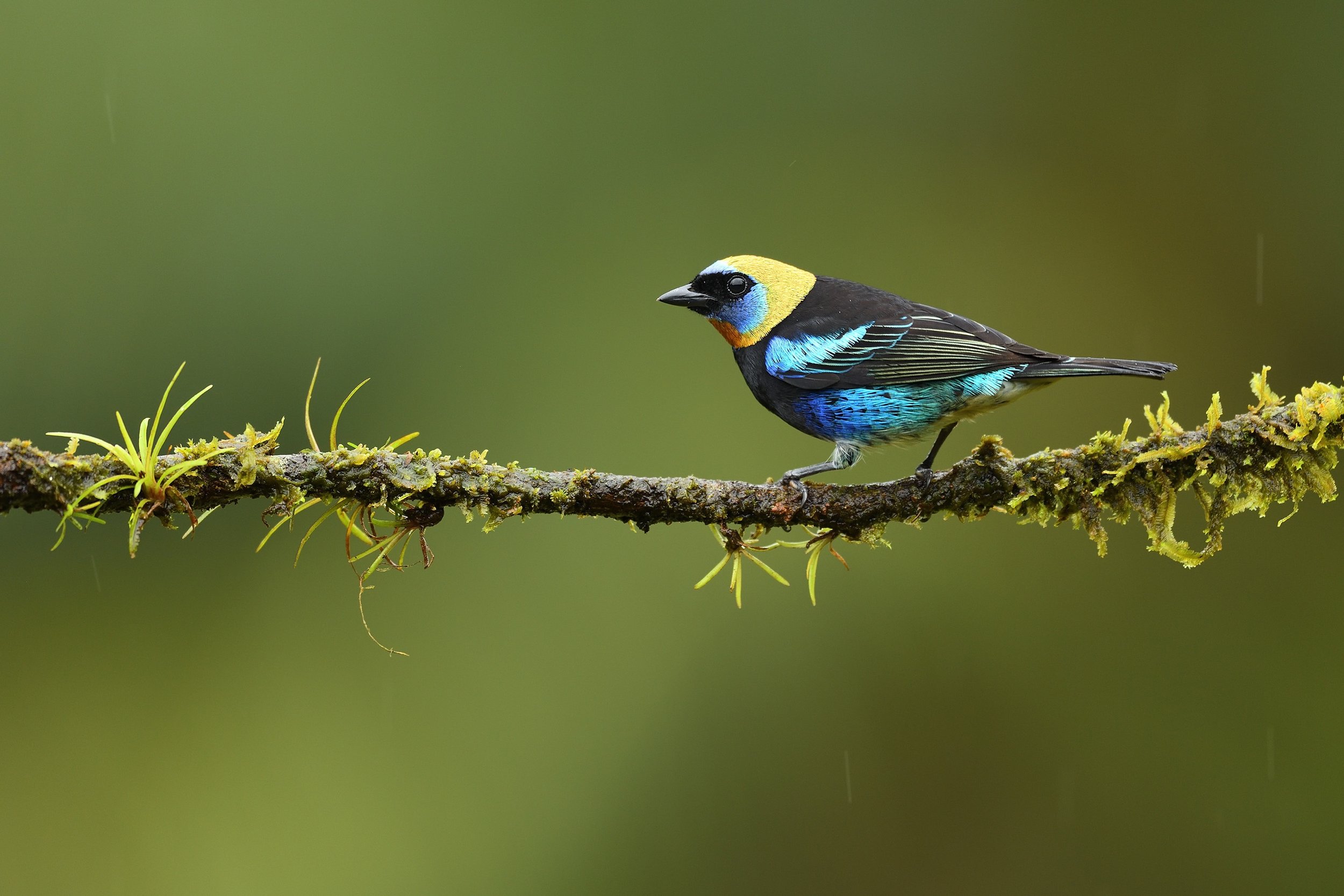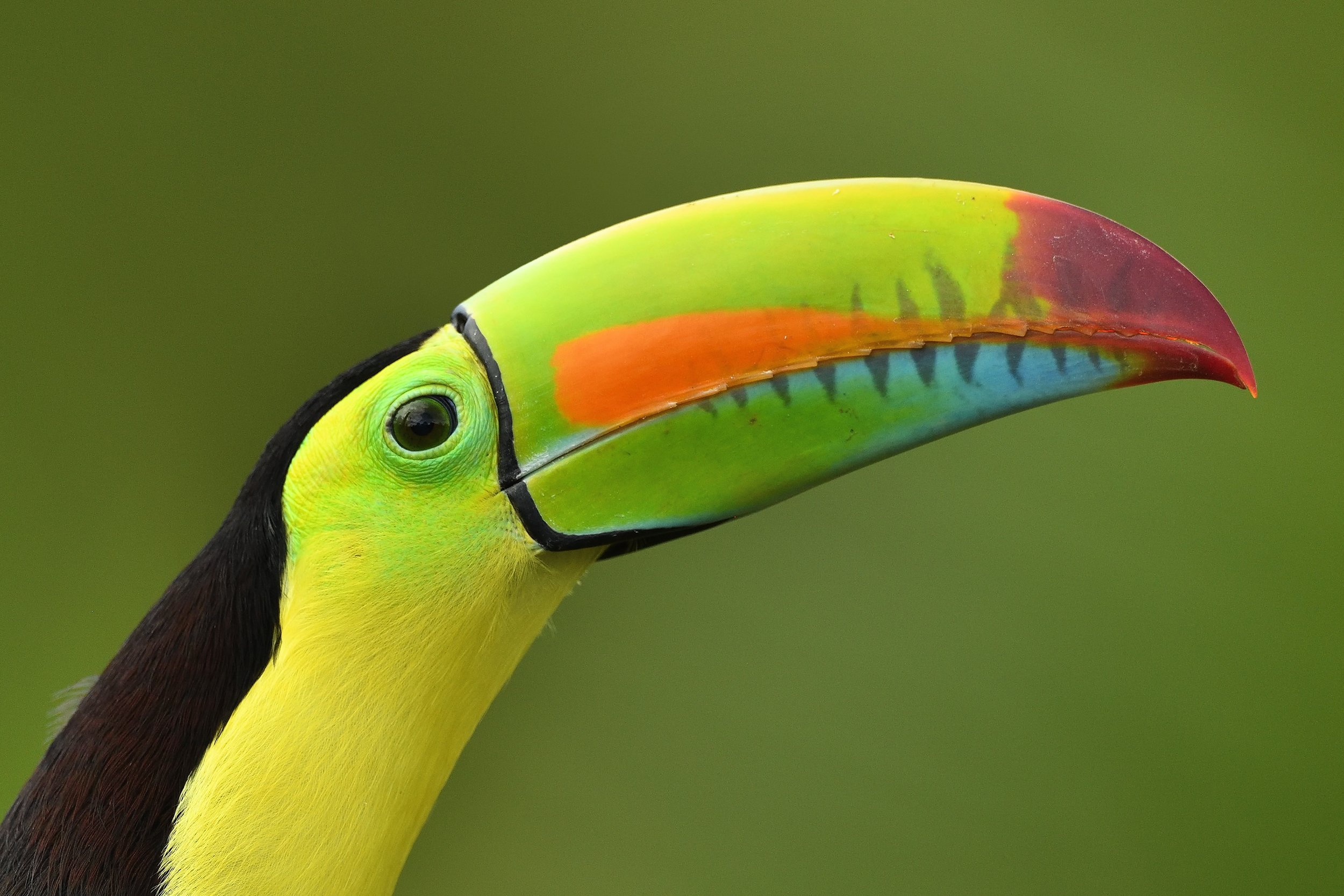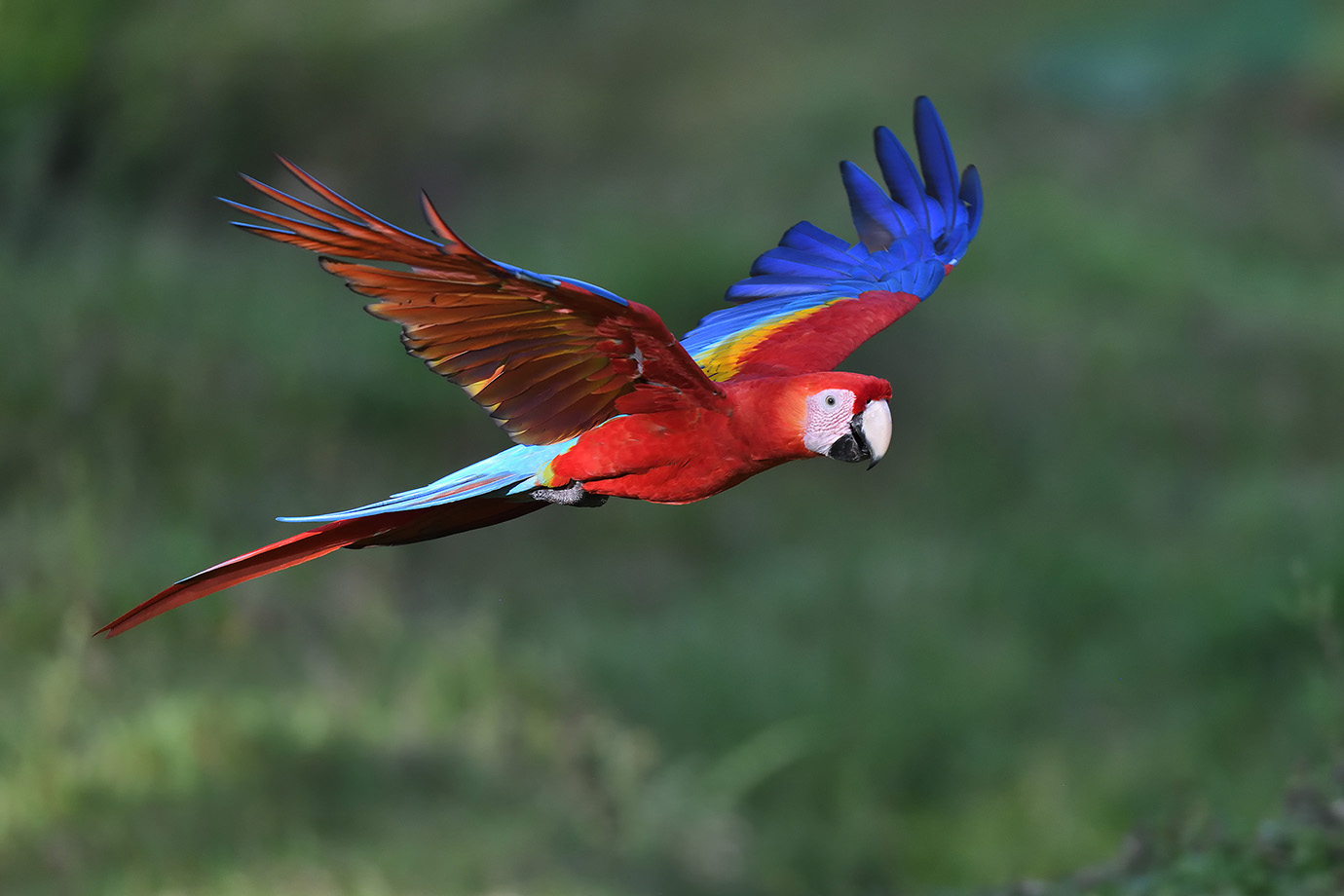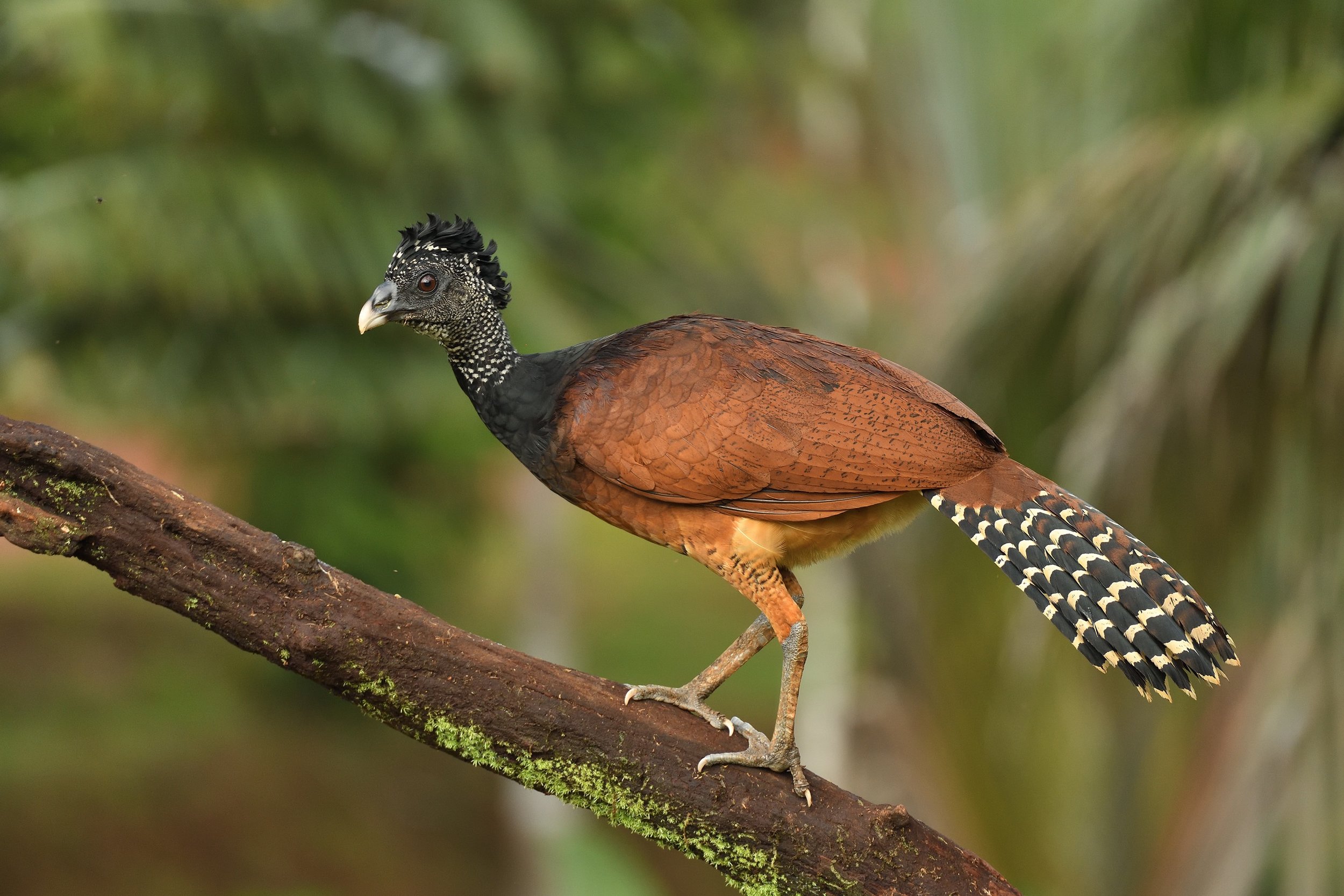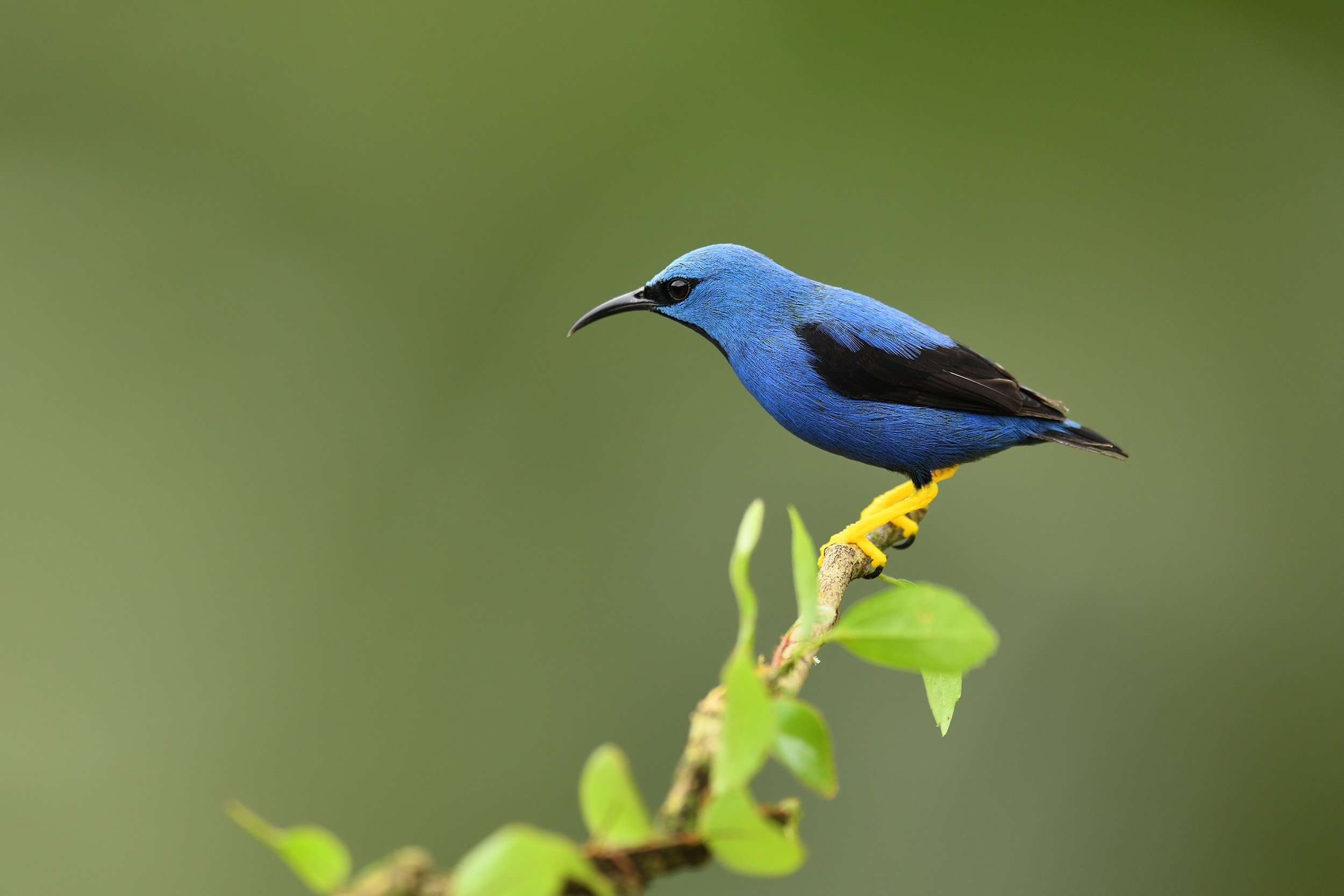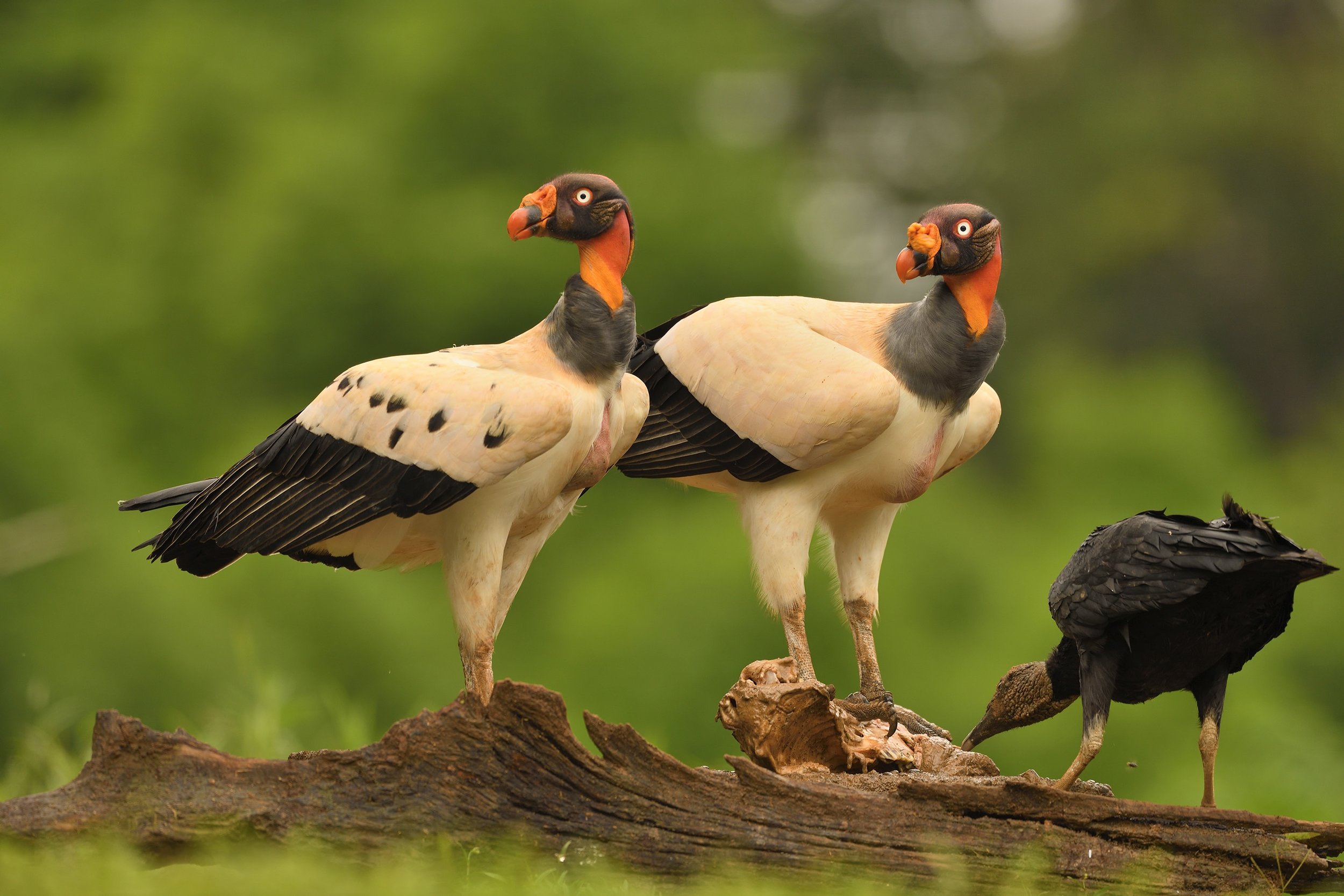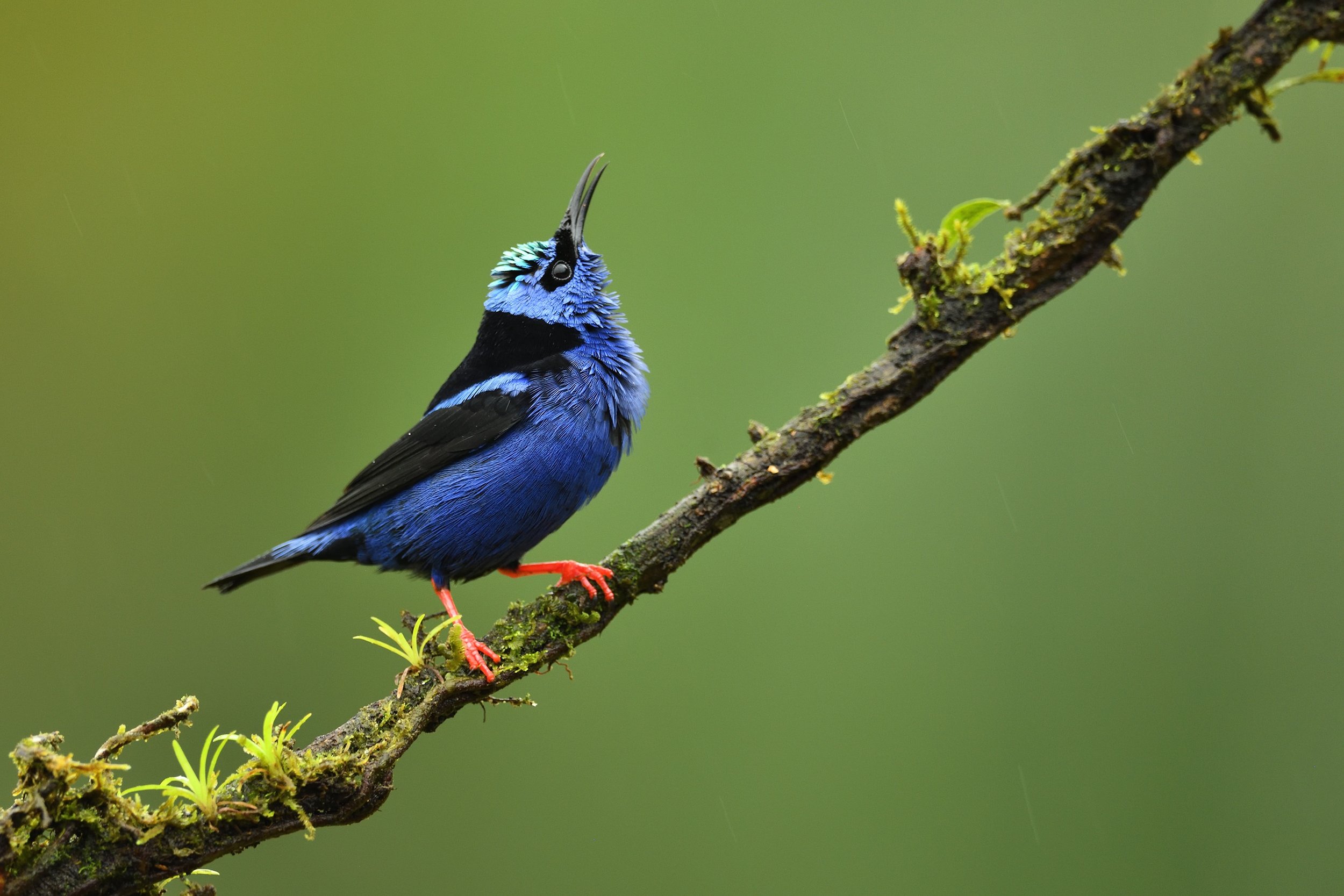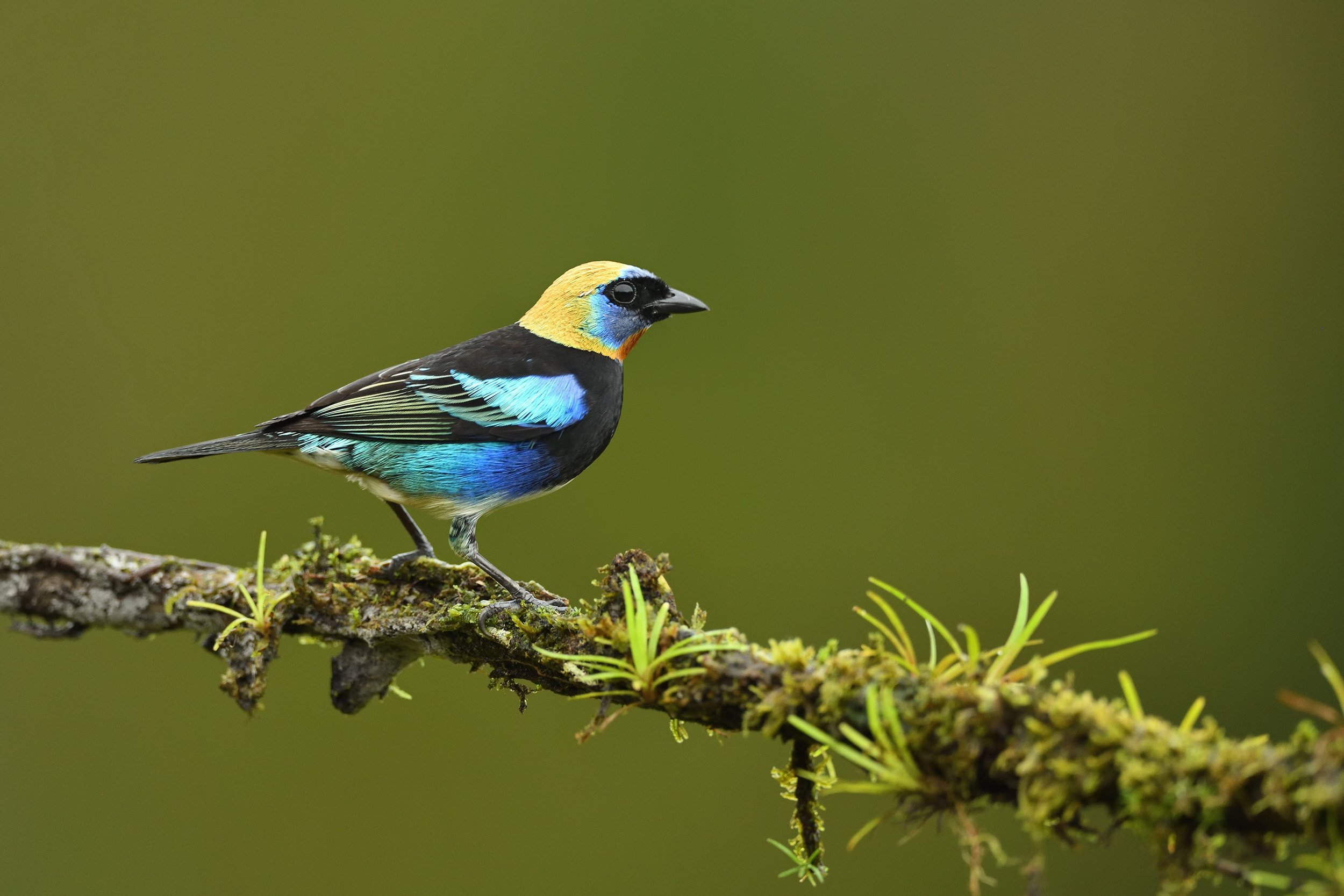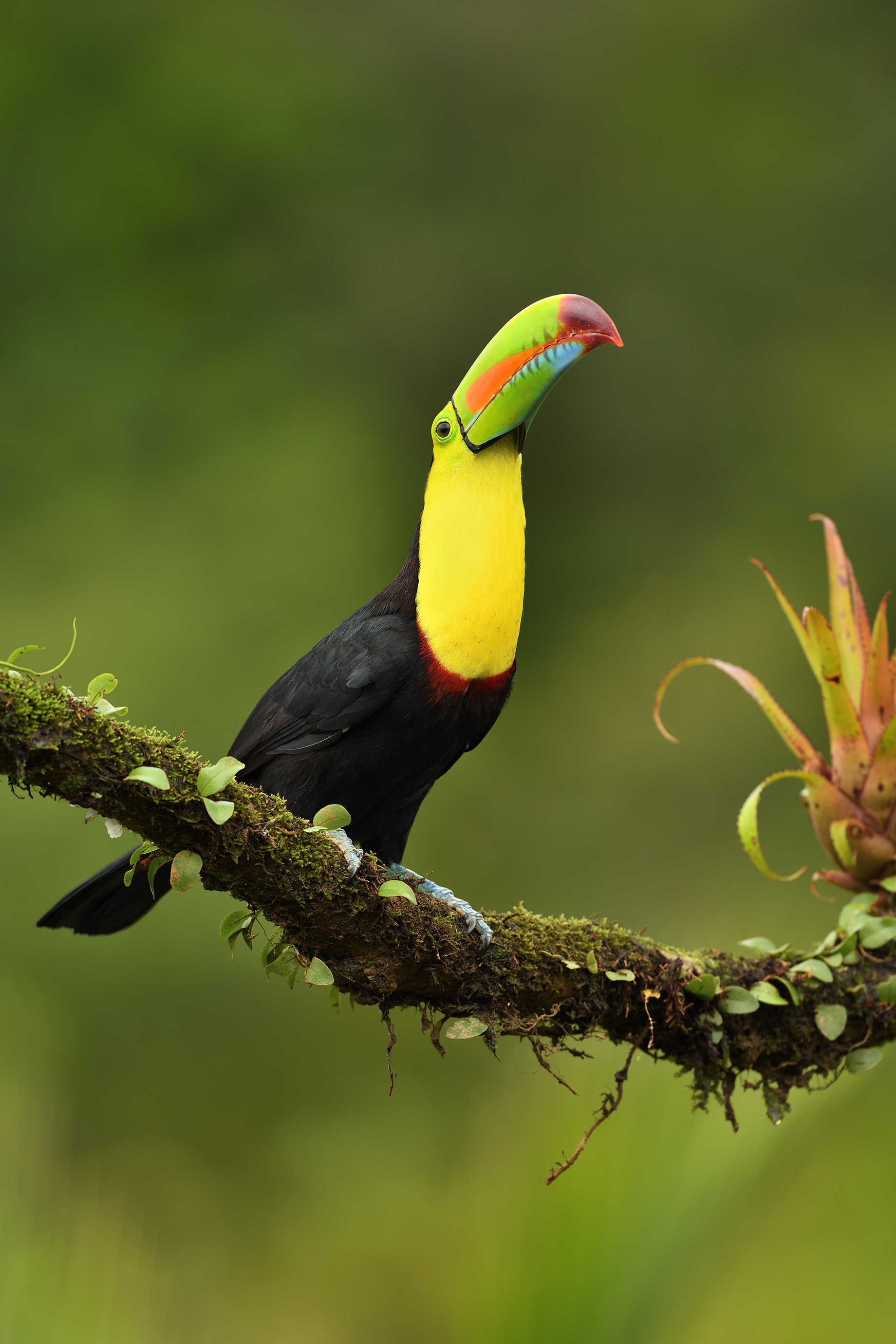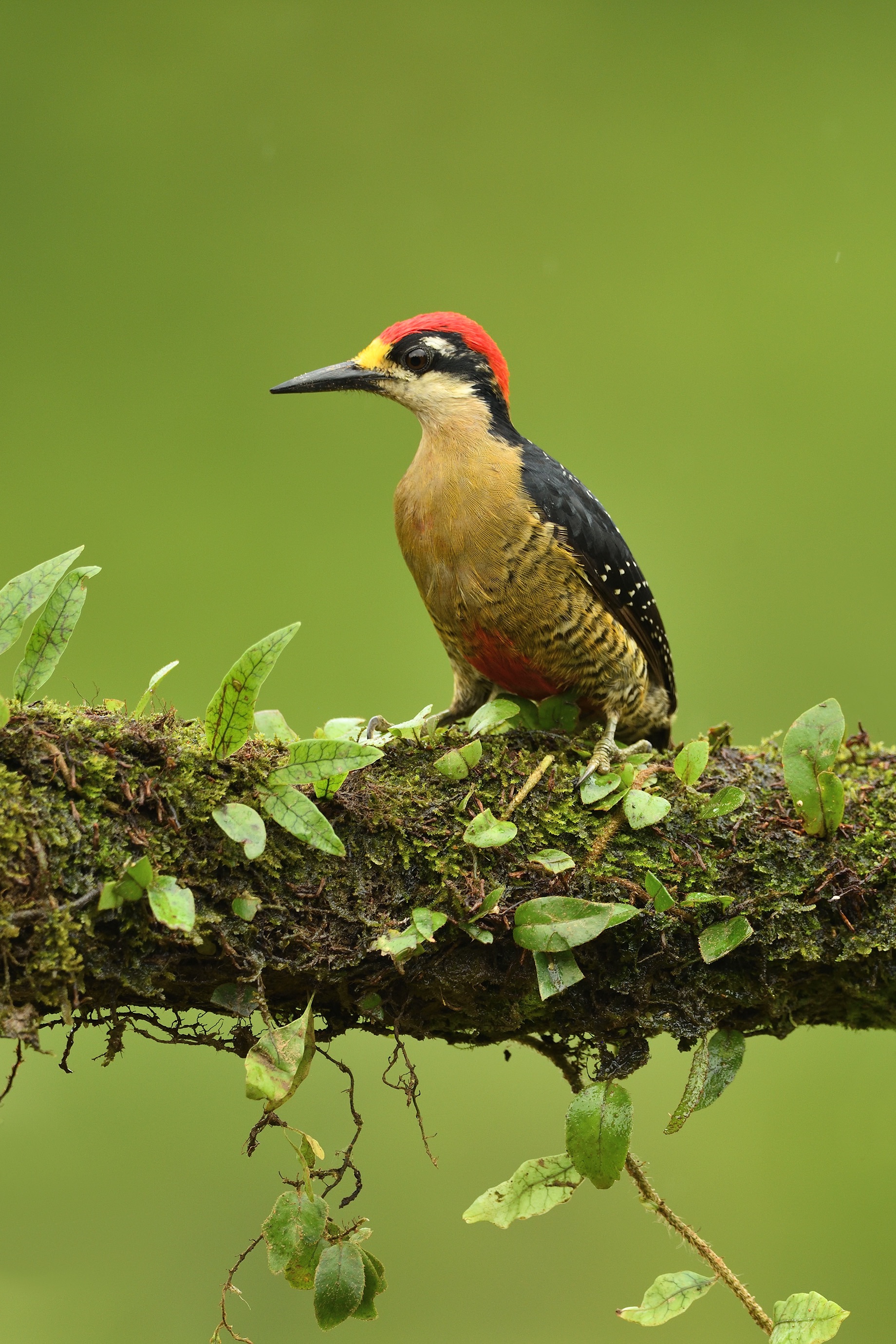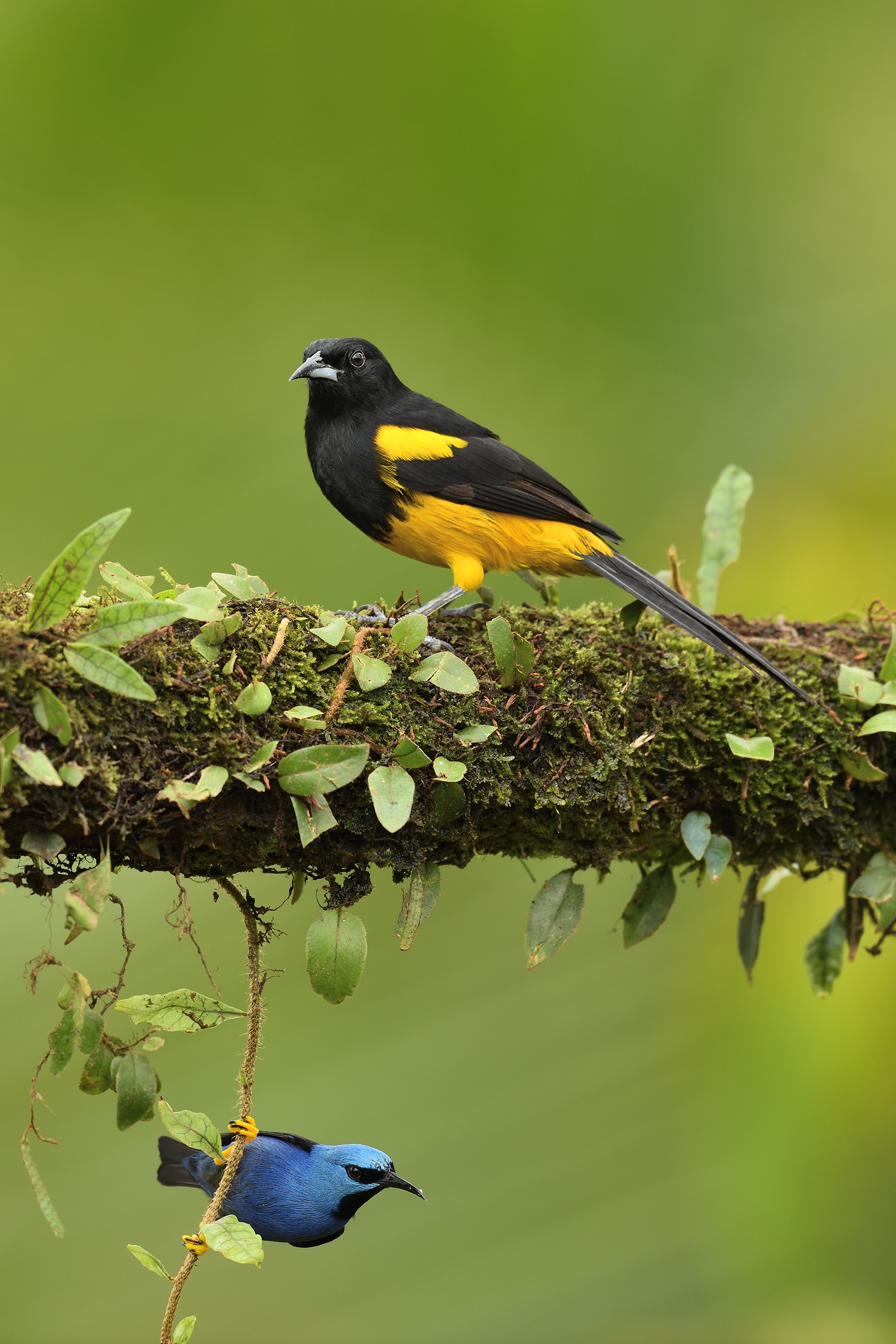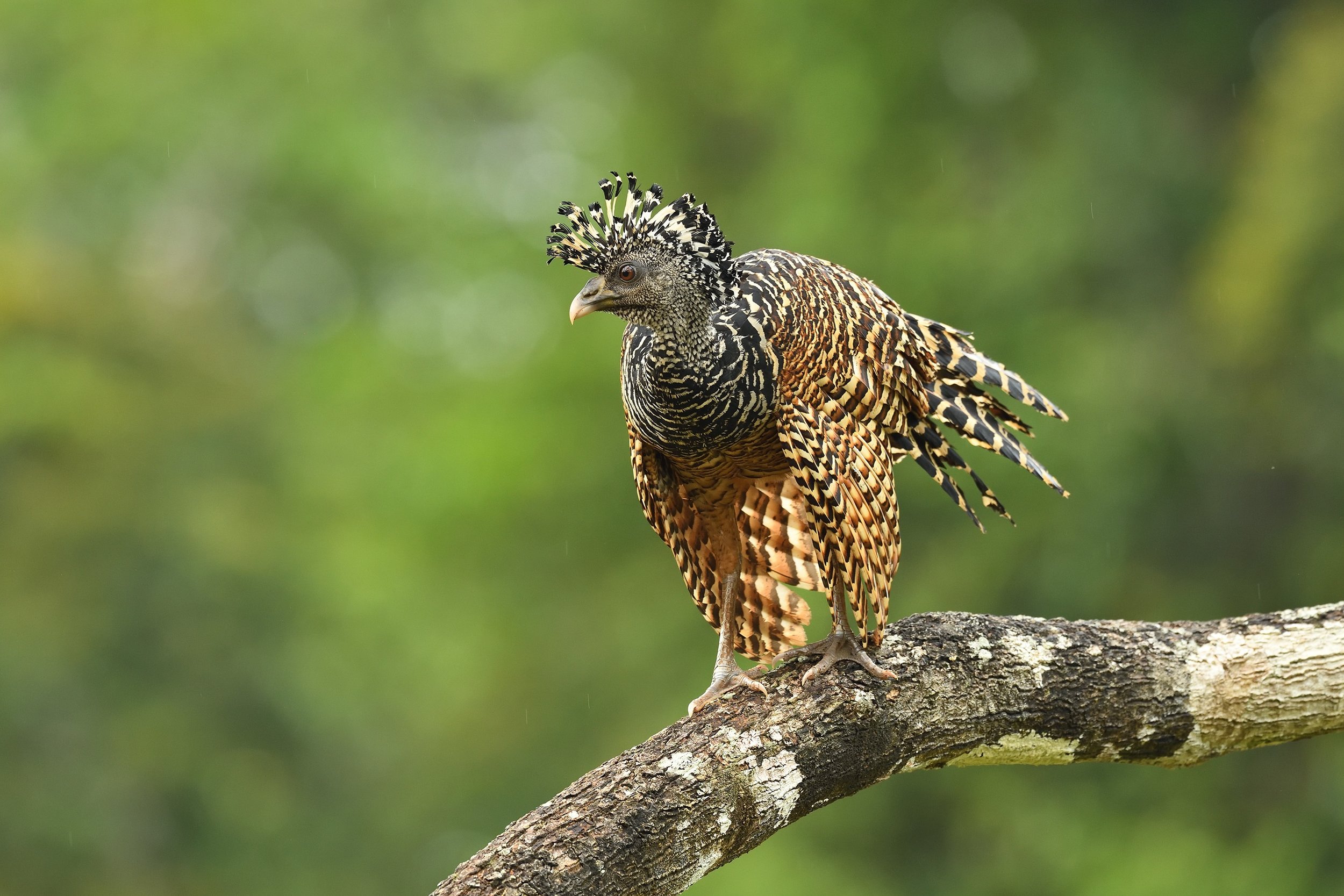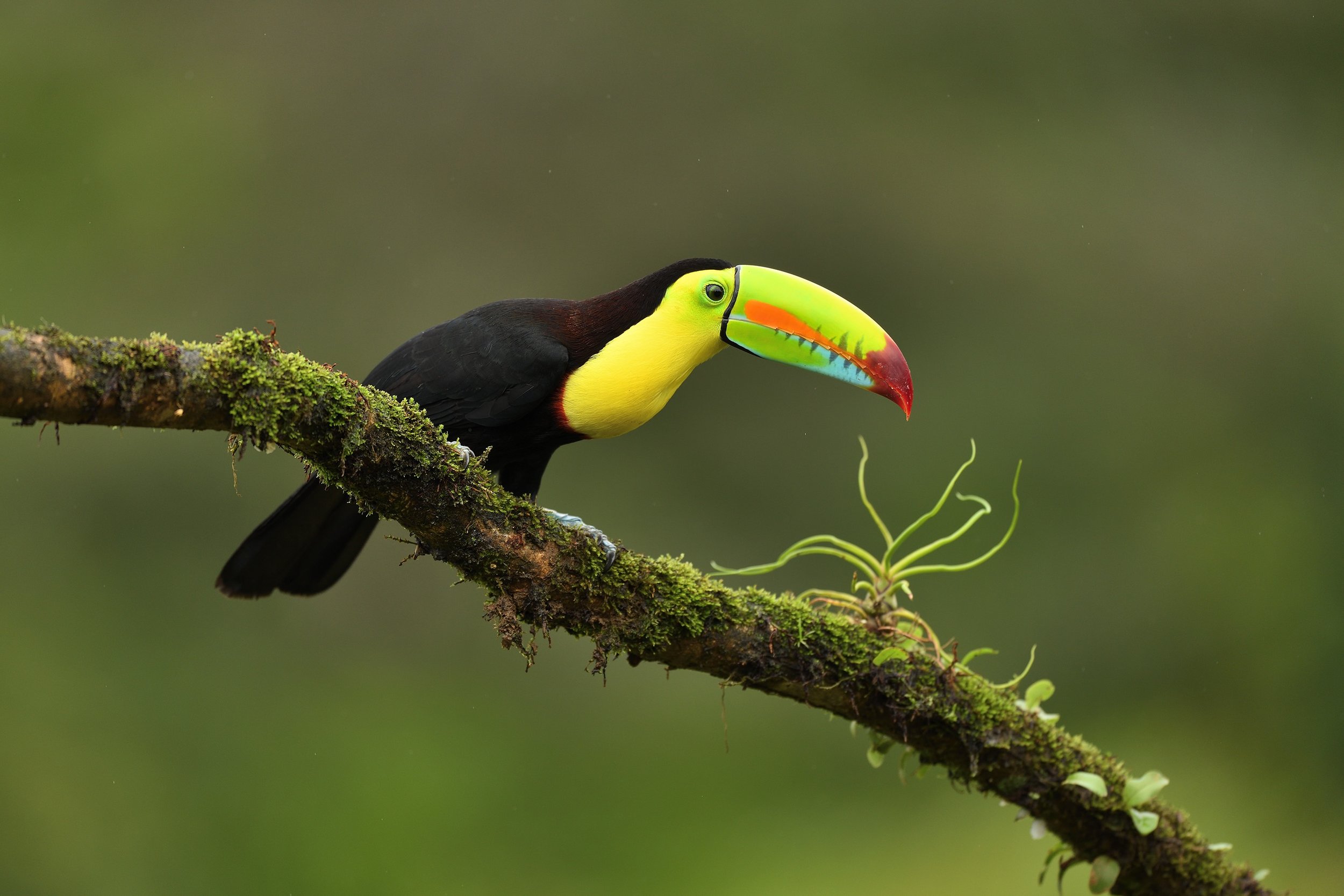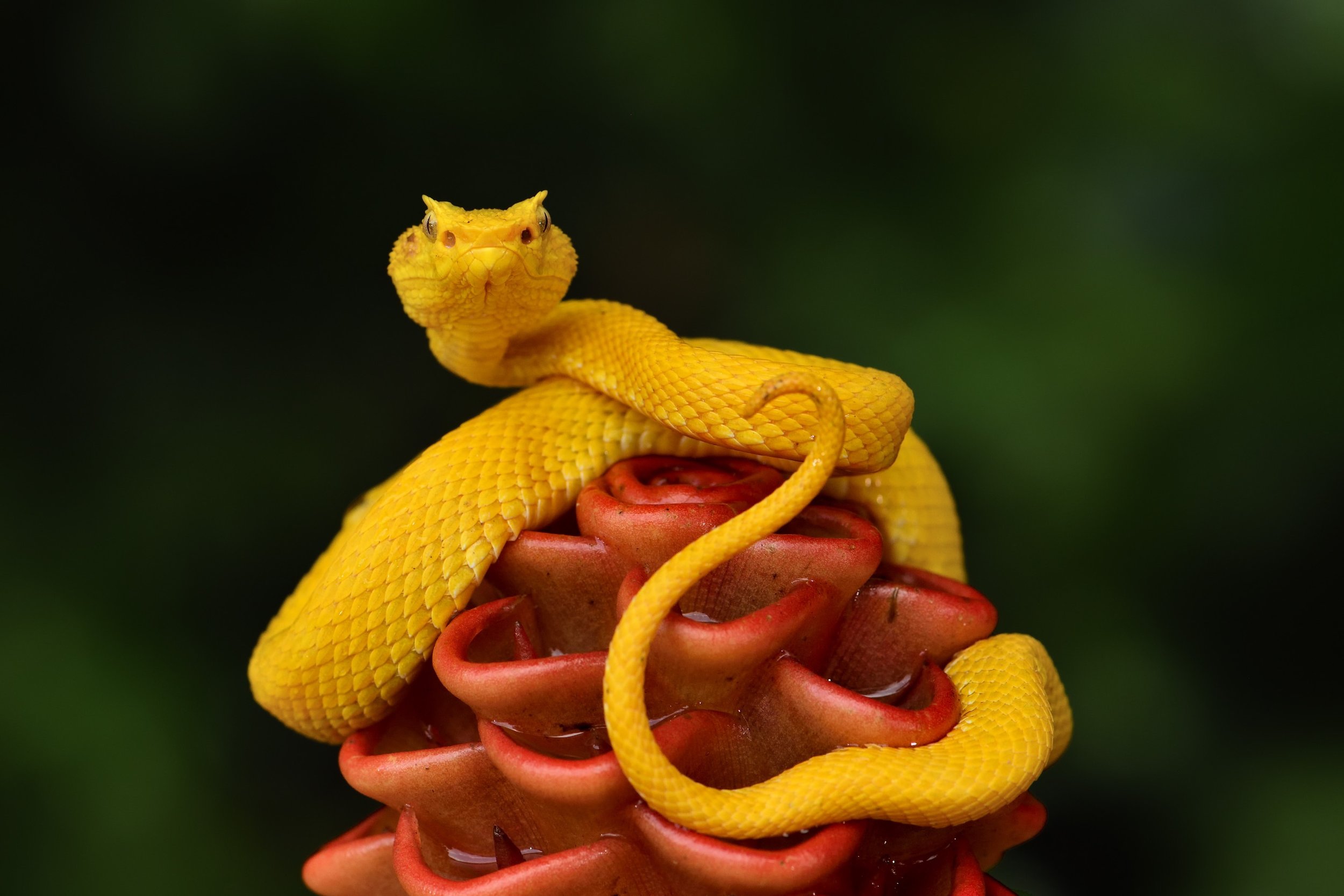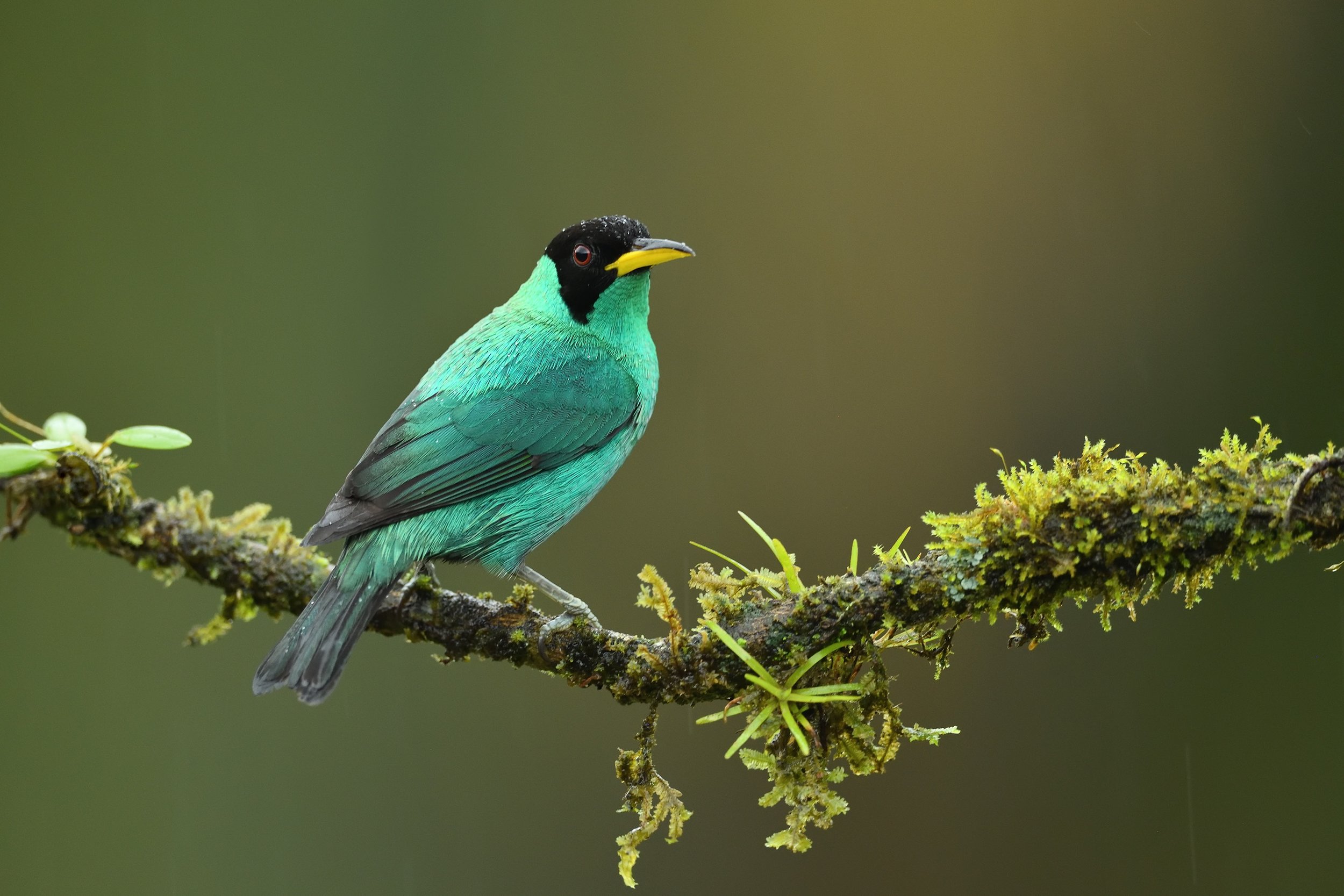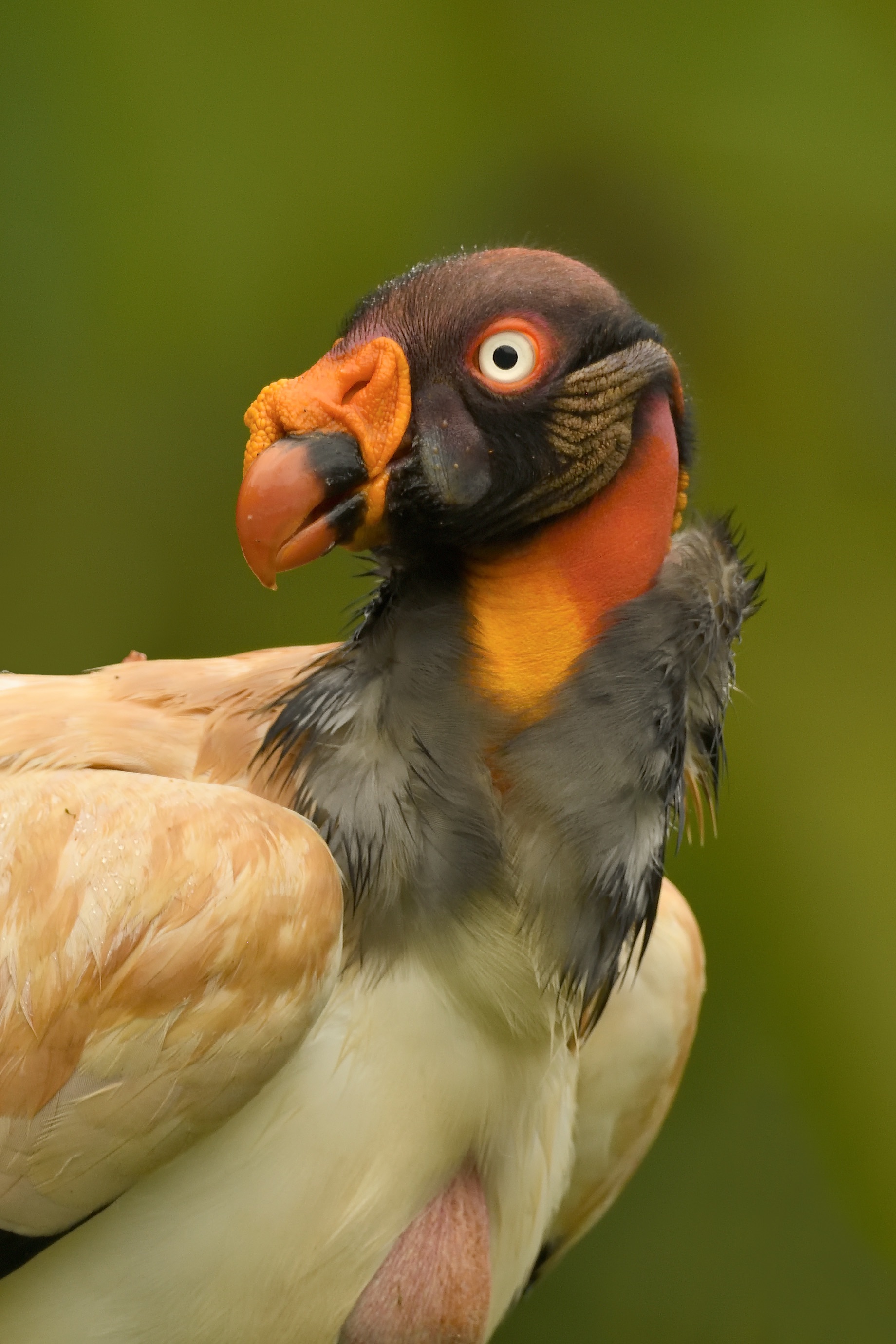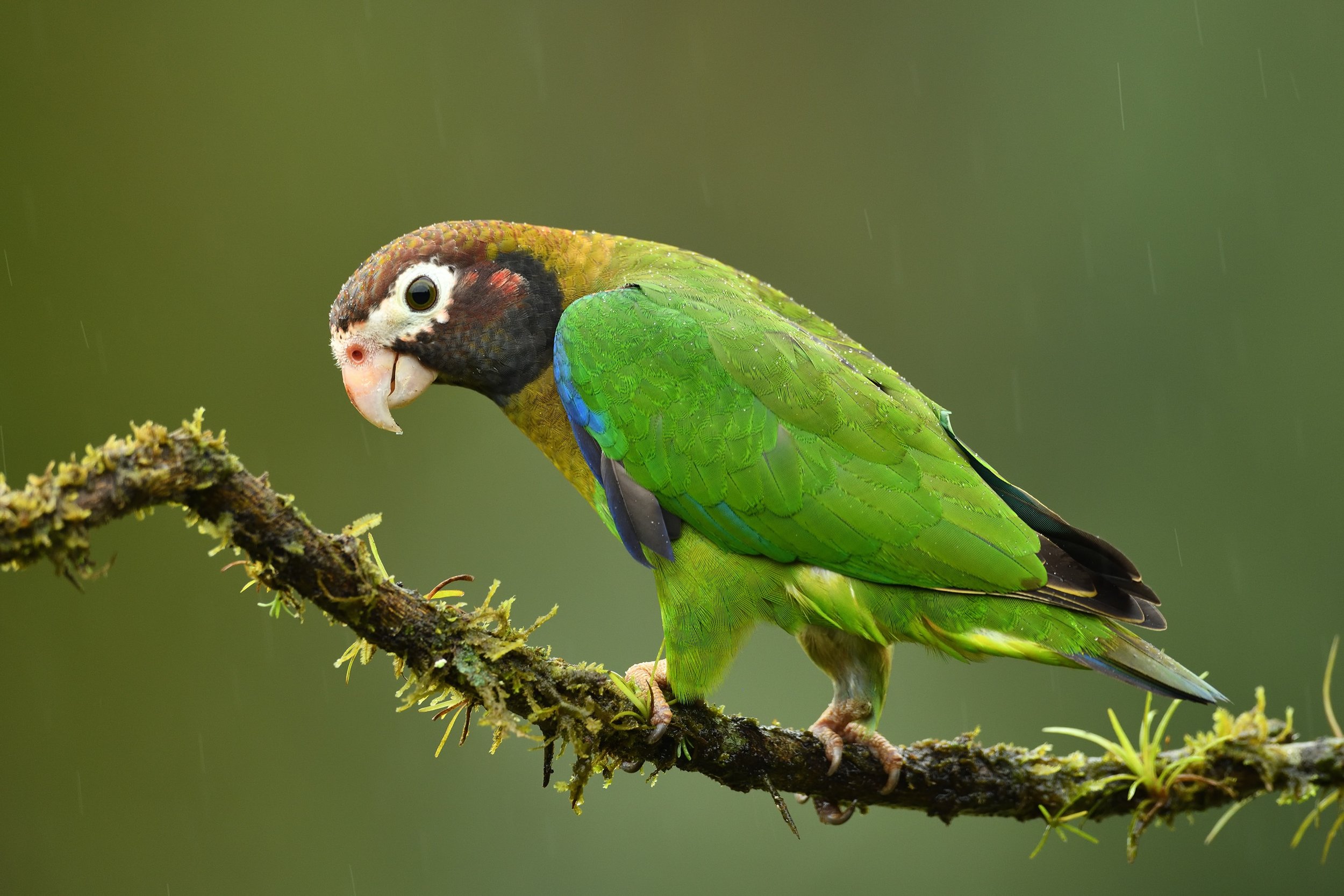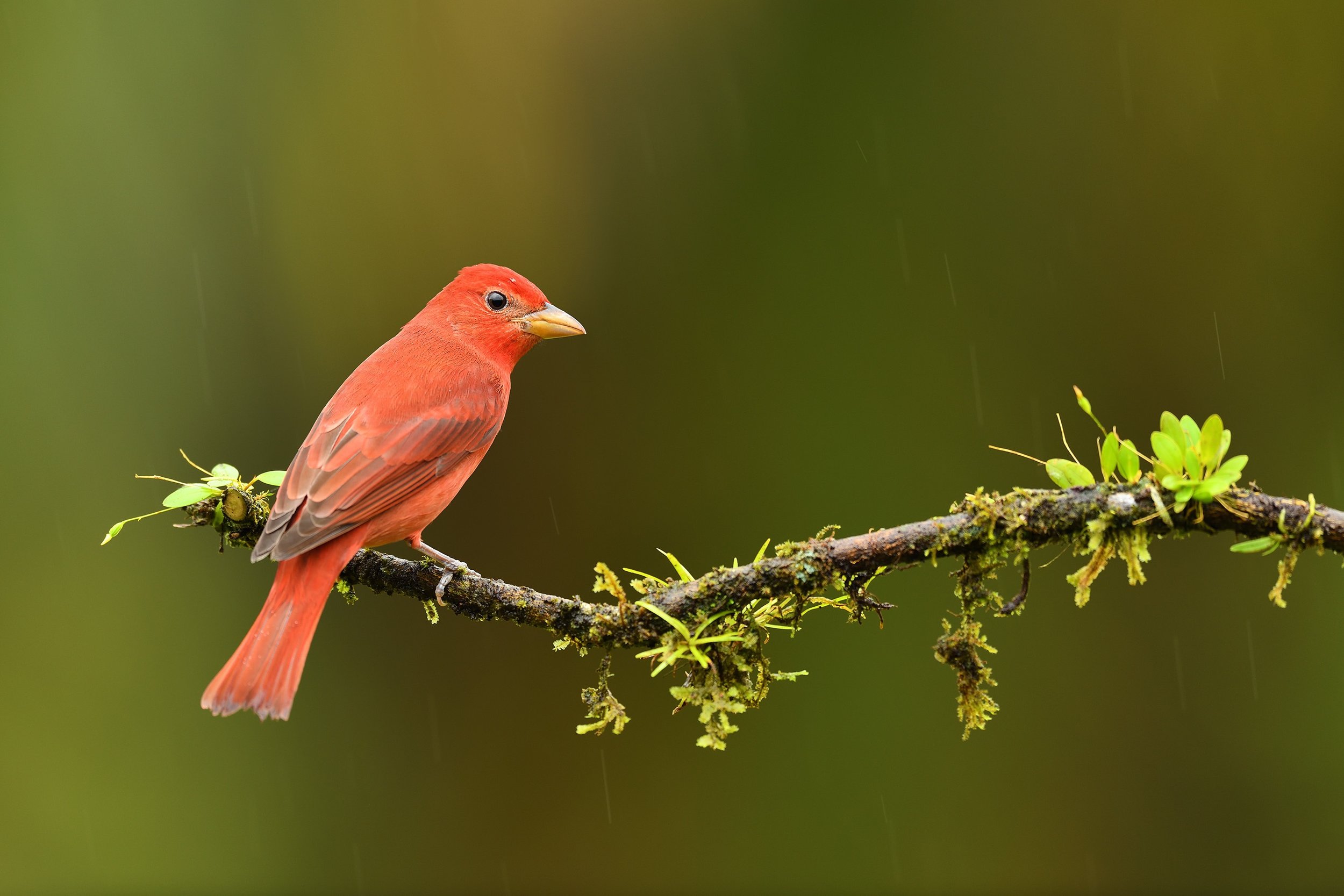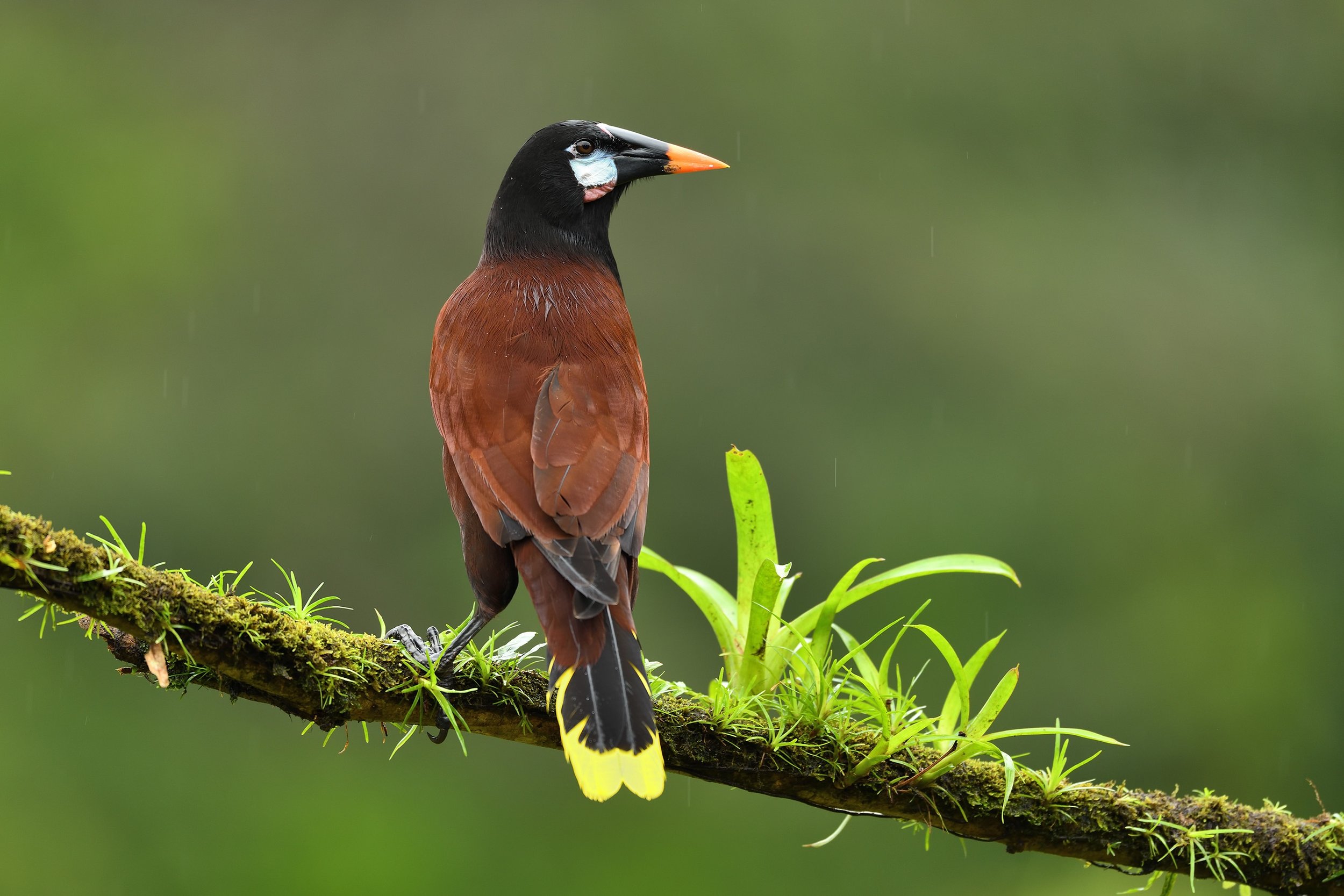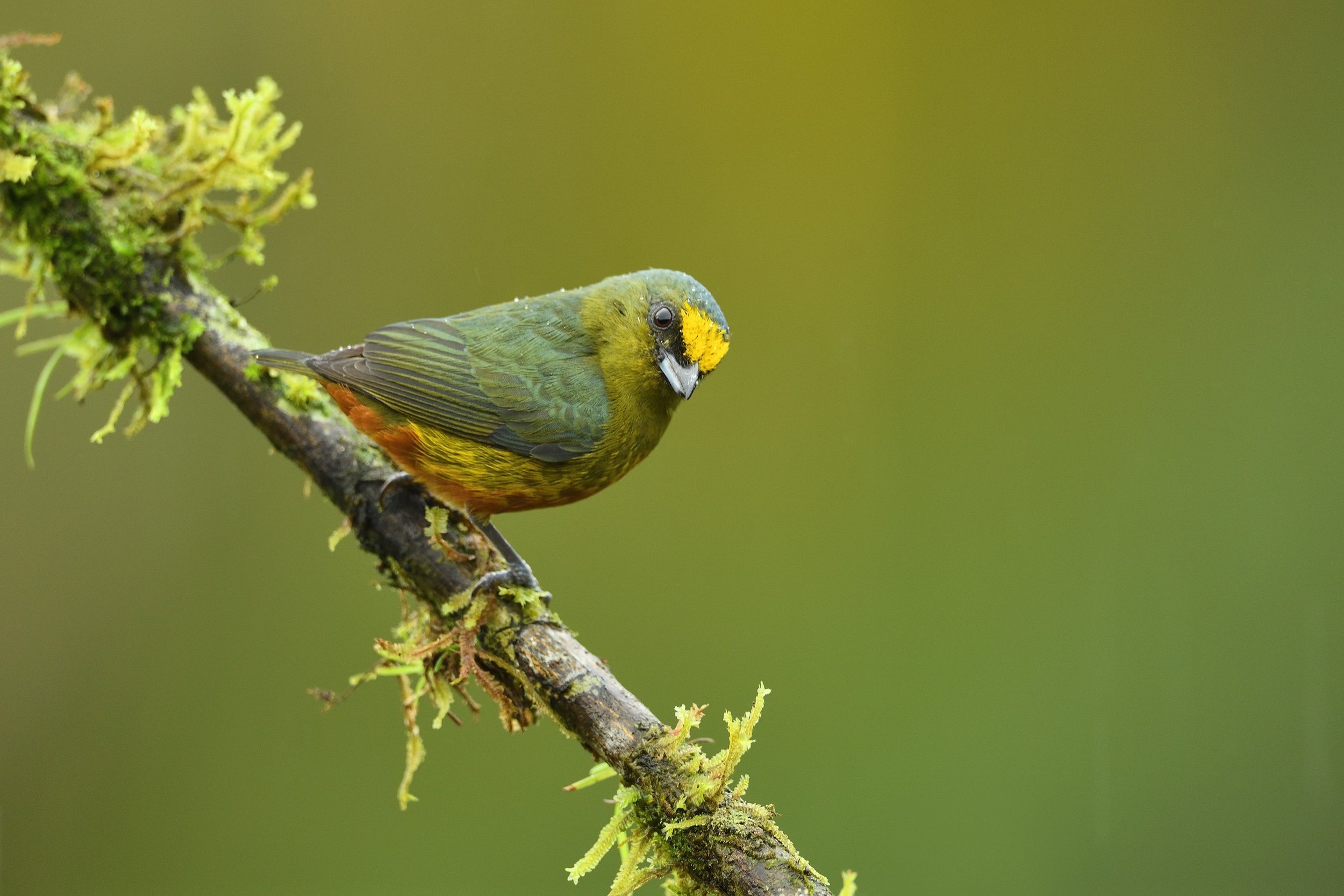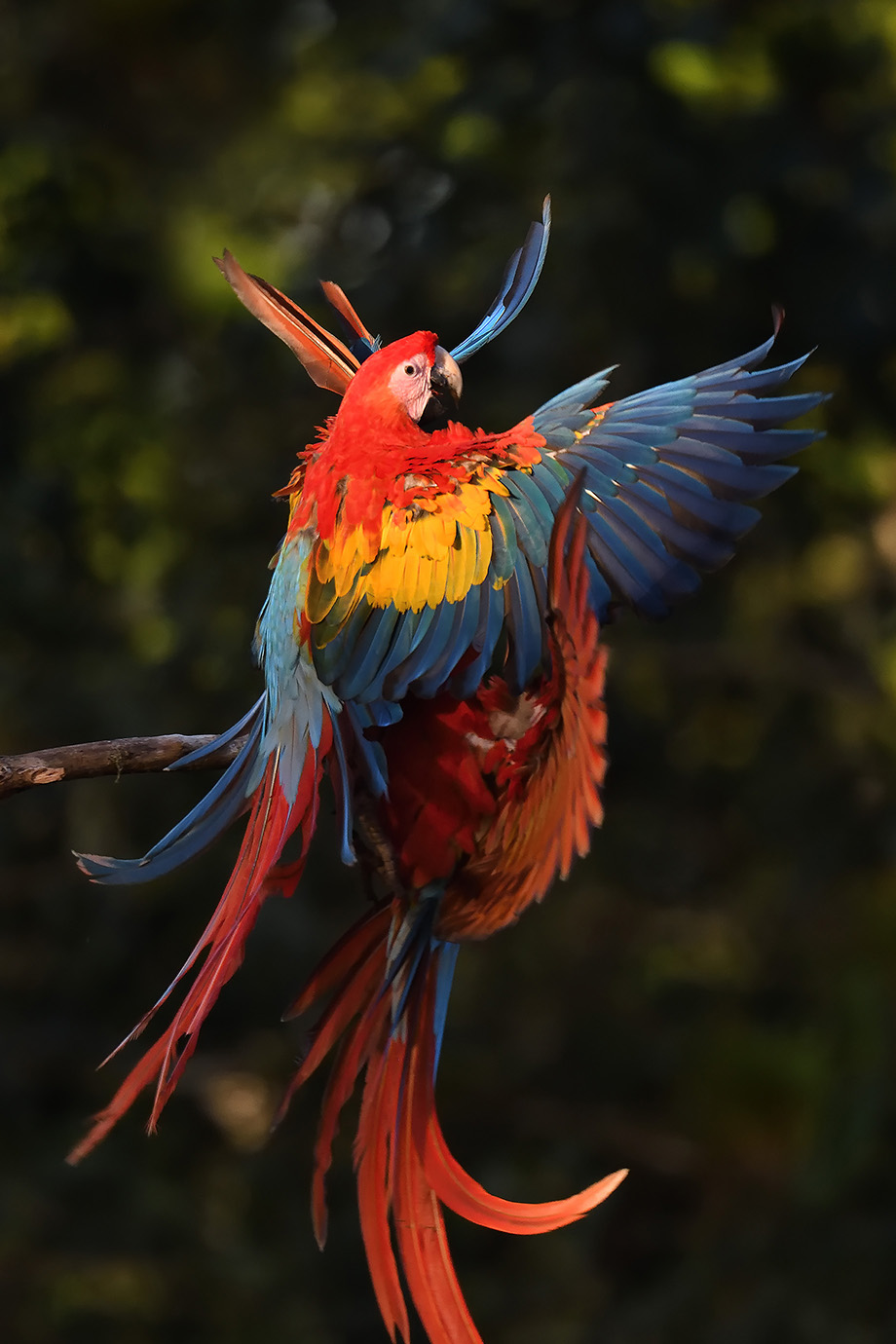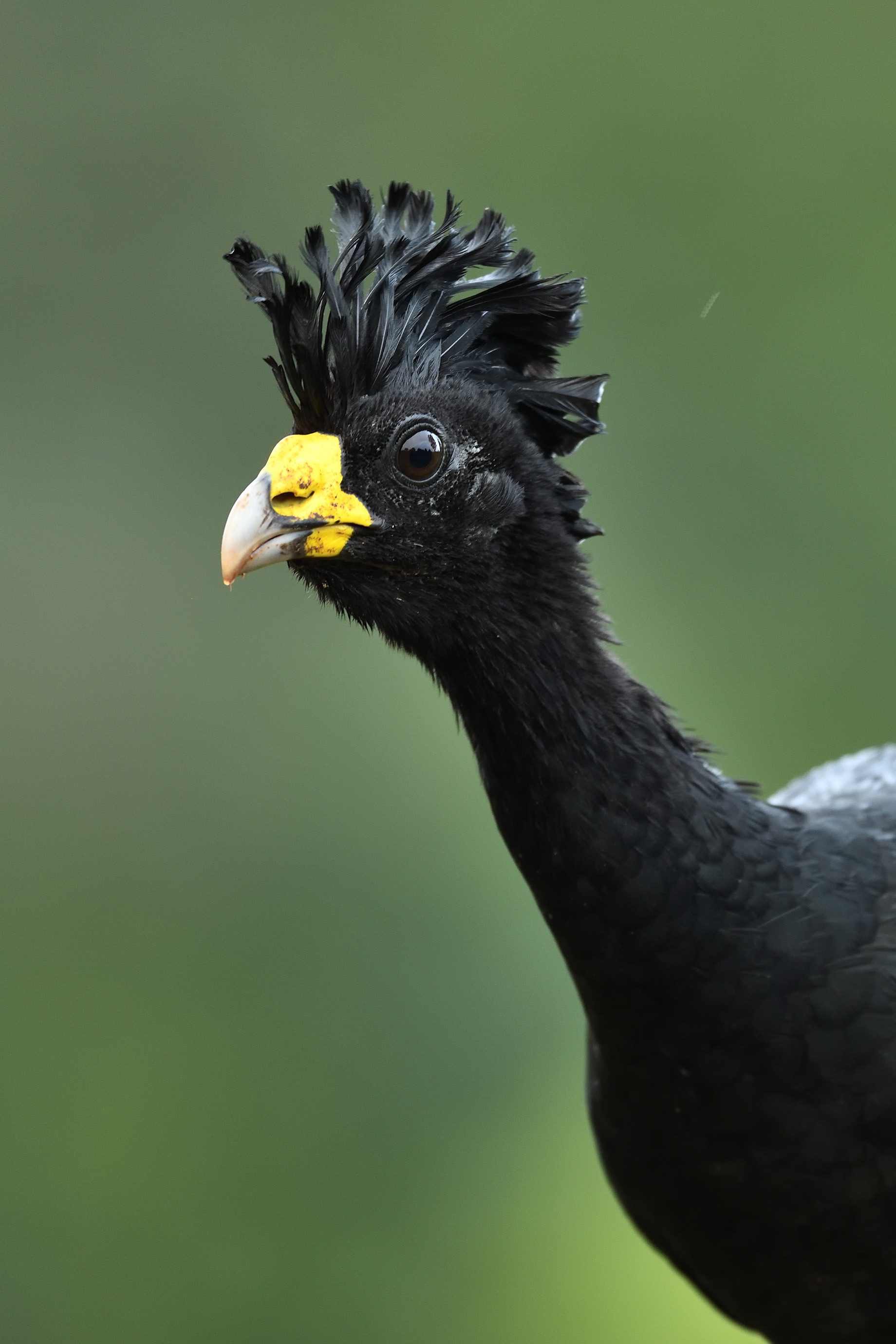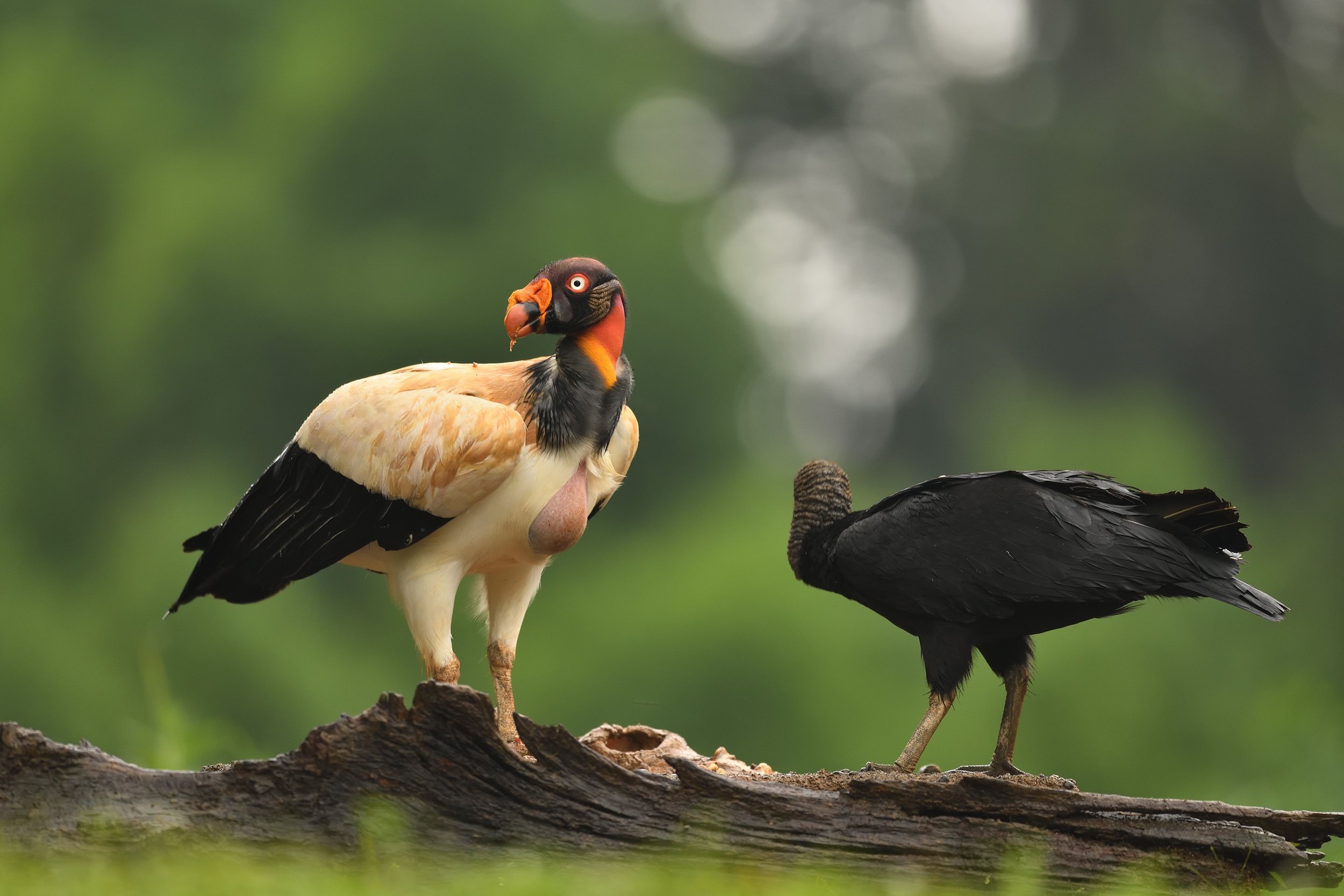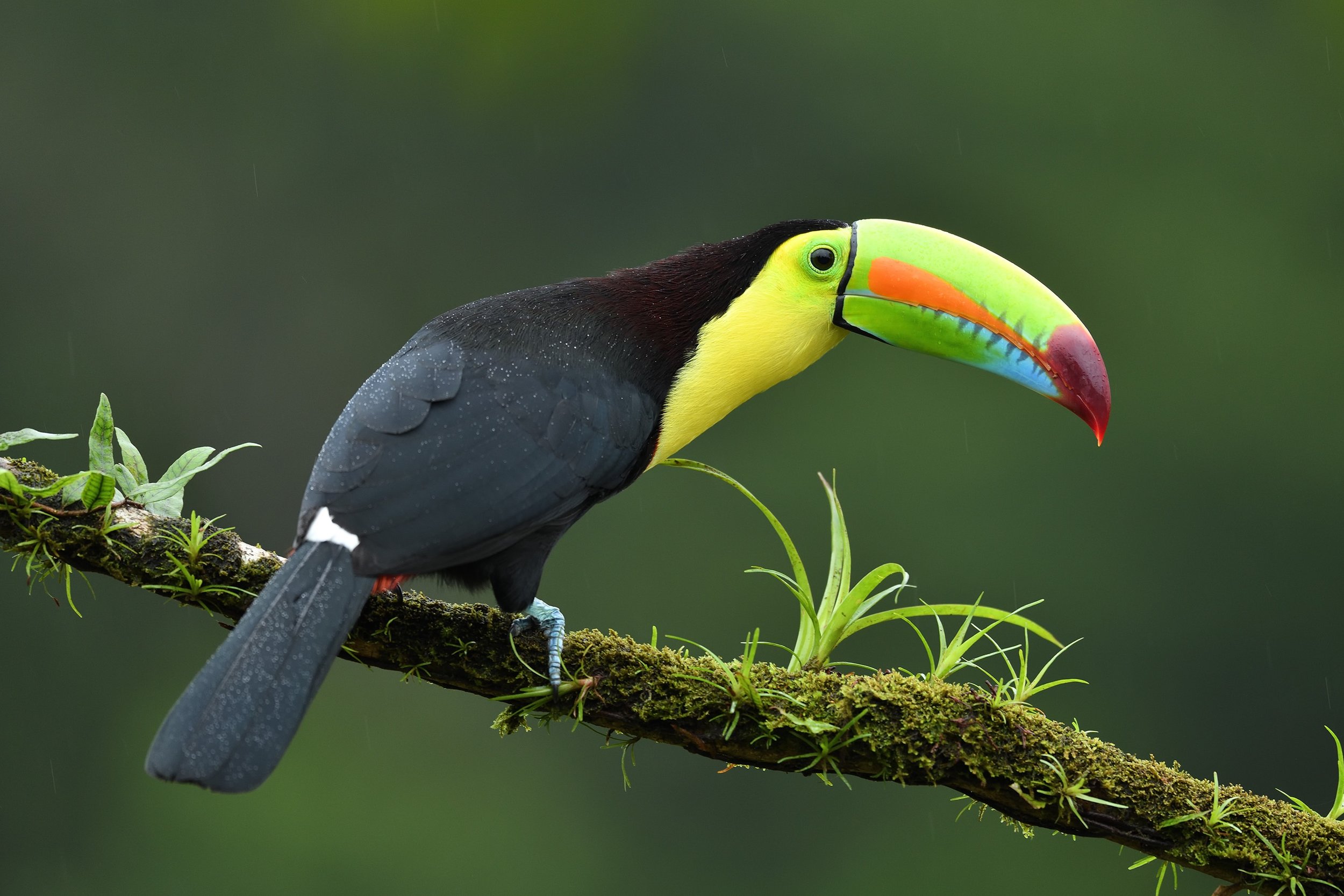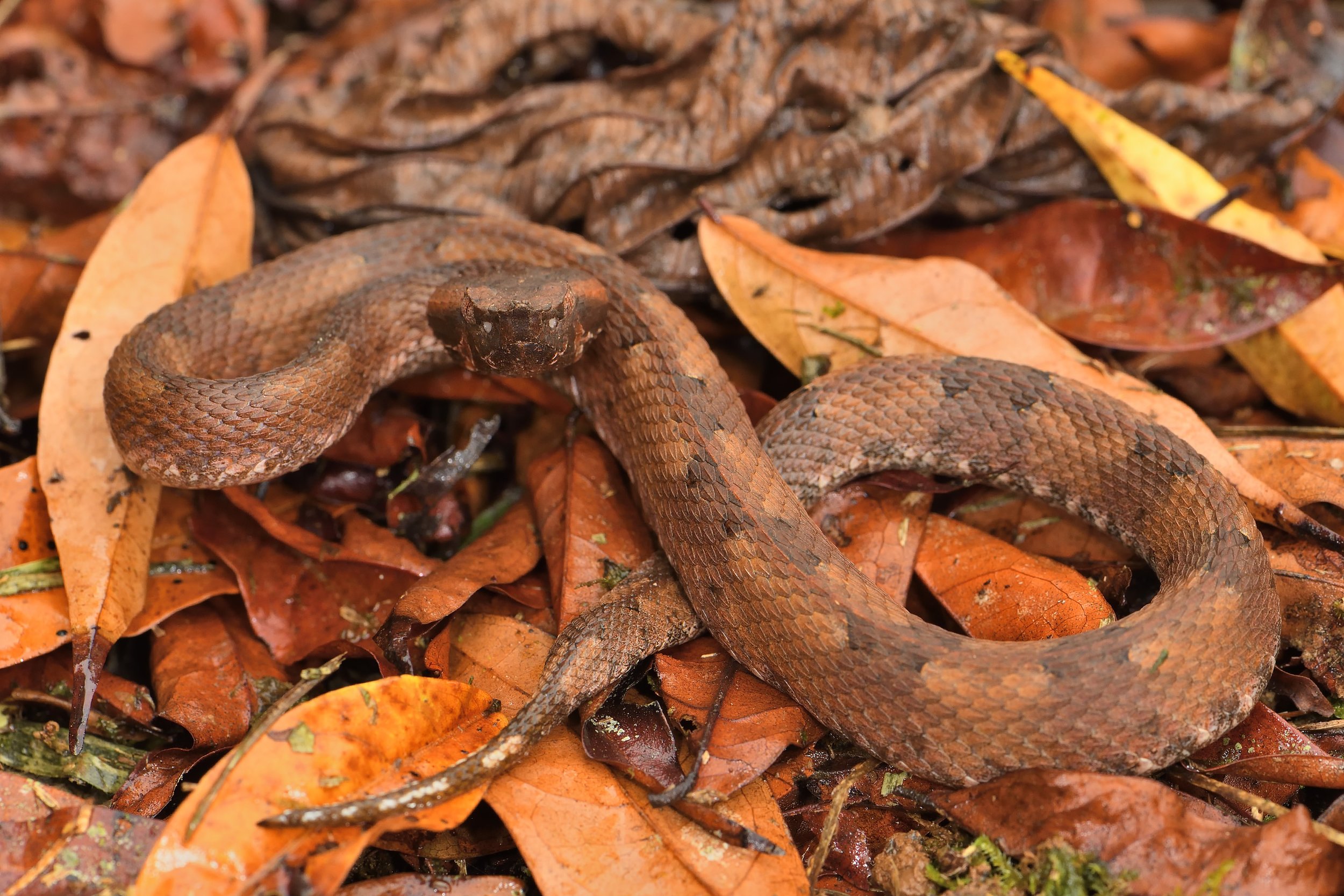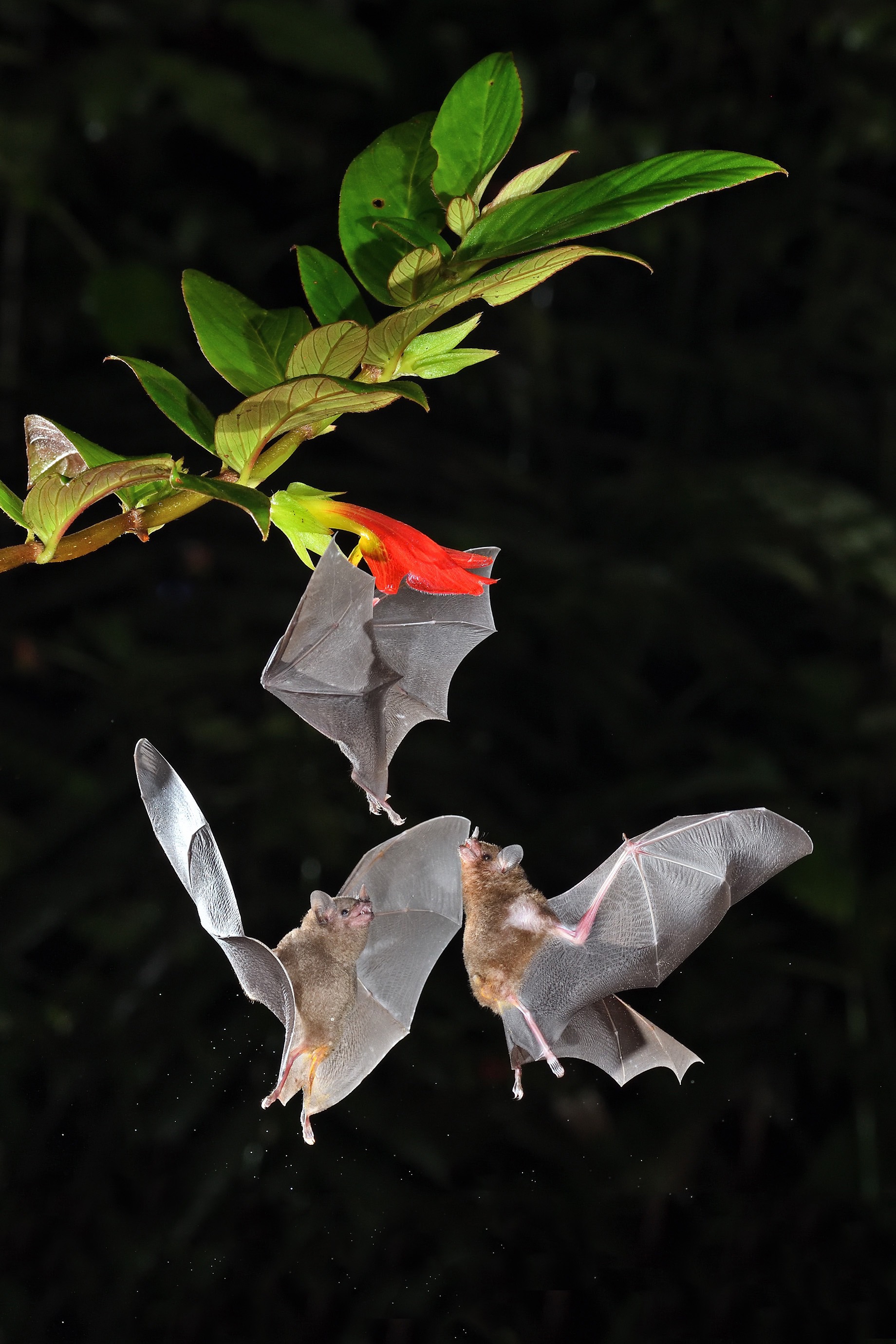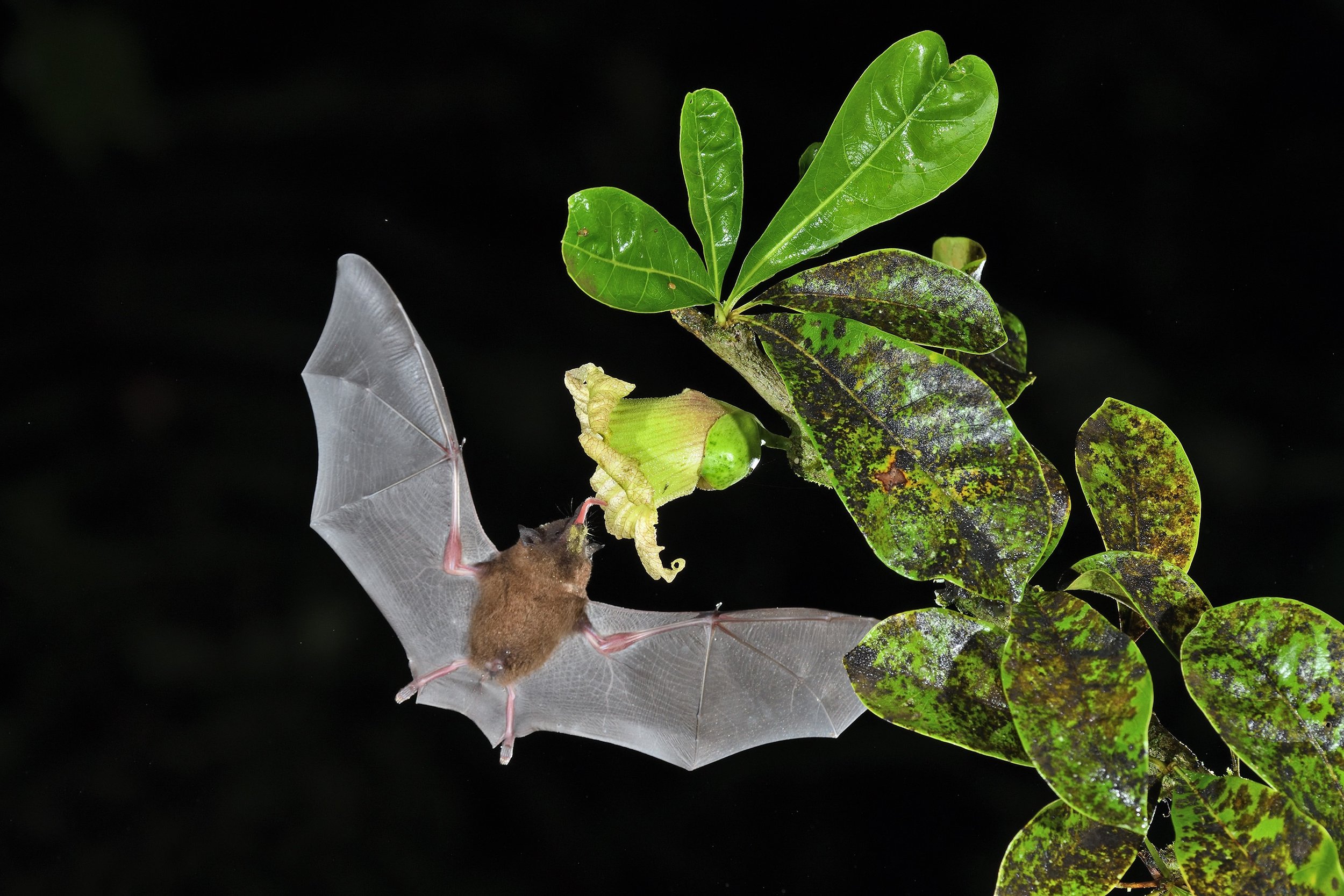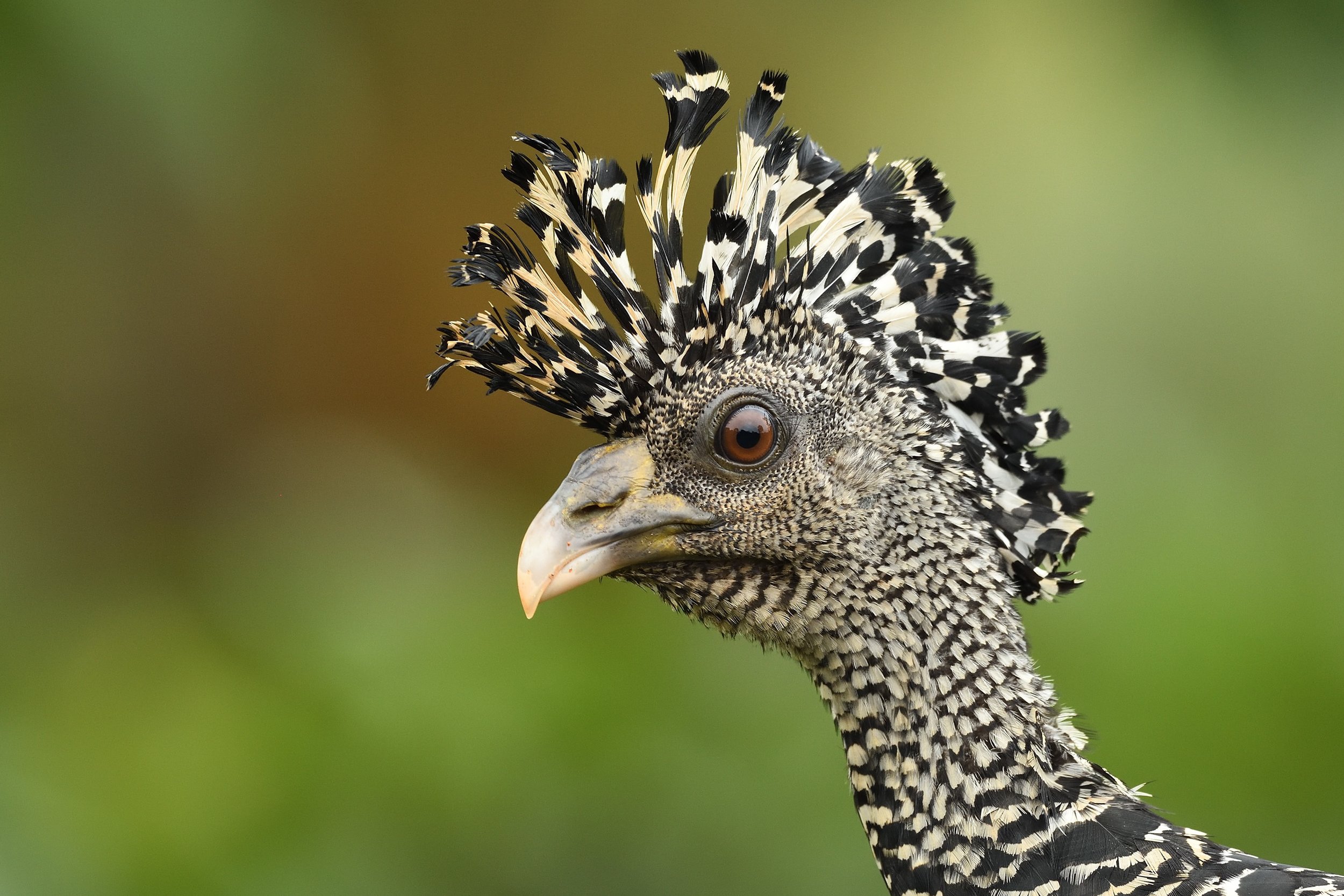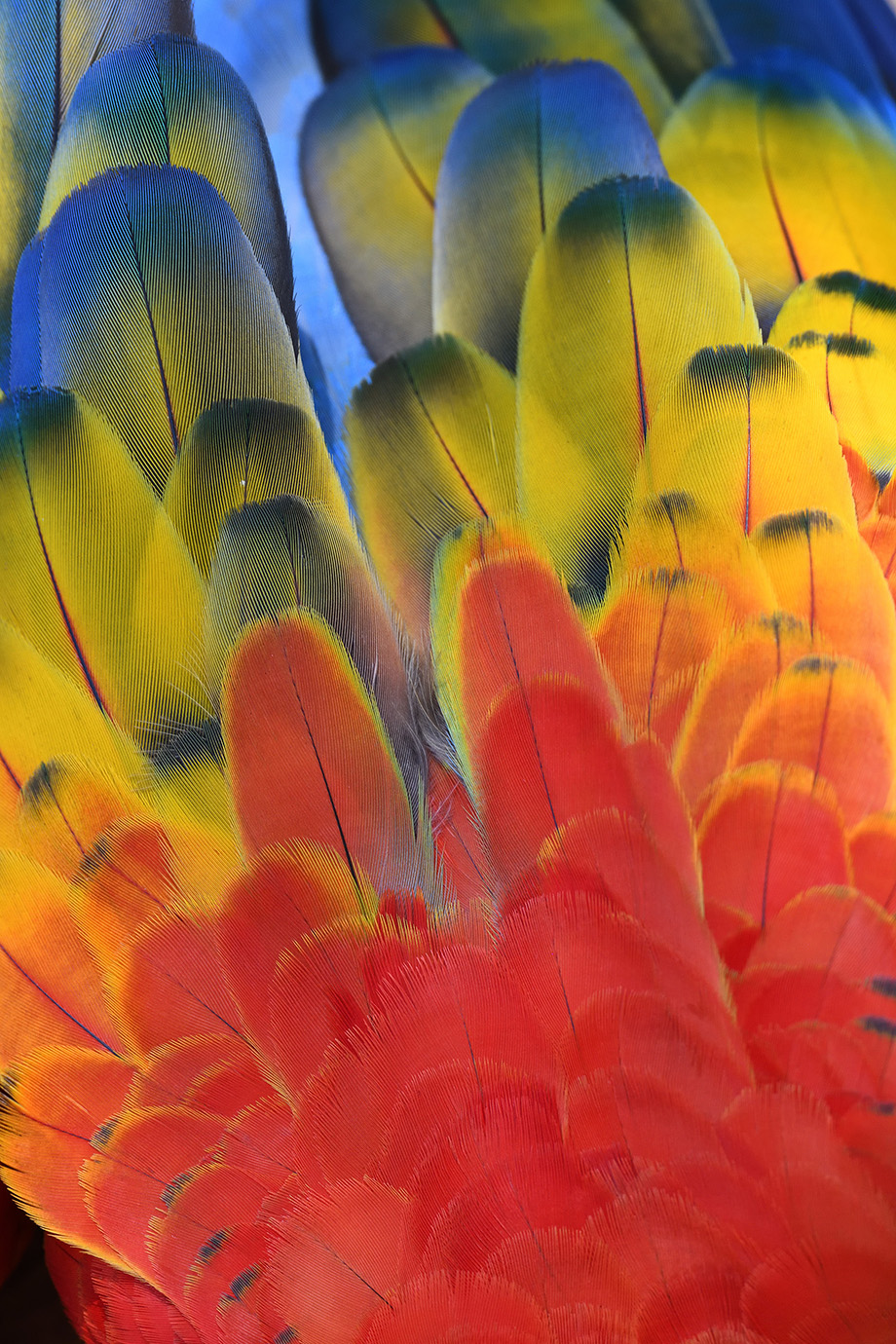Costa Rica - Toucans, Honeycreepers, and Macaws 2021
Leader: John Crawley
Trip Dates October 26 - 31, 2021 (arrive October 25, depart November 1)
From: Fly to and from San Jose, Costa Rica
Target Group Size: 6 participants. Minimum 4
Photo Tour Fees:
$5700 / person. ALL INCLUSIVE
Fee includes all lodging, food, in-field guiding, instruction, transportation and gas, permits, 18% tax. It even includes $240 in tips for drivers, cooking staff, lodge hosts, local guides, etc. Gifts and alcohol purchases are not included. $1000 will be required to reserve the spot on the trip, then the balance of $4700 will be due 90 days prior to the trip.
Renown for it’s biodiversity and ecotourism, many bird photographers put Costa Rica at the top of their lists of places to visit. On this trip we will emphasize three types of birds: Toucans, Honeycreepers, and Macaws. Along the way, we will photograph quite a variety of other species as well (see species list below). By visiting a variety of habitats, this trip will give the participants an appreciation for the range of beauty and diversity the country has to offer. By working with local businesses as well as collaborating with guides who grew up here and make their living showing visitors specialized areas and target species, we have created a team to make this trip unbelievably productive.
Consider pairing this trip with our Costa Rica Quetzals, Tanagers, and Hummingbirds trip the following week: http://www.studebakerstudio.com/costa-rica-quetzals-hummingbirds-and-tanagers-2020
Schedule
October 25 - pre-trip - fly to San Jose, Costa Rica. We will have transportation to the Crown Plaza Hotel and an optional meet and greet dinner with the group.
October 26 - day 1 - Drive to our first destination - a private residence and local preserve with a wonderful feeder set-up in the yard. Here we will get our first chances at the Red-legged Honeycreeper, and many other species. With luck, we may have a chance at the sloth that lives in his yard. There are also reliable Spectacled Owls in the area.
October 27 - day 2 - This morning we will have time with some Scarlet Macaws flying into feeding stations. Lunch will be difficult to eat, because it will be served in front of a feeding station just dripping with Honeycreepers, Toucans, and many many other species. Not to worry, we will have three nights here.
October 28 and 29 - day 3 and 4 - Spend the morning photographing King Vultures. In the afternoon we will have more time at the Toucan and Honeycreeper feeding stations and may dedicate some time to species types of shots such as a flight set-up.
October 30 - day 5 - We will have our final session with the colorful forest passerines, and in the afternoon go on a wild Macaw quest with the help of two local guides.
October 31 - day 6 - This day will be spent on the water photographing Bare-throated Tiger-Herons, Boat-billed Herons, Yellow-headed Caracara, Black Hawk, and more.
November 1 - post-trip - If you are not joining us for the Quetzals, Tanagers, and Hummingbirds itinerary, you will fly out today. If you are staying, we will meet this evening for another pre-trip dinner with the group. We will have two airport drop-offs today, one for early morning flights and one for the afternoon.
Equipment: I recommend bringing either a DSLR or ultra high-end mirrorless system. Bring your longest lens. Anything less than 600mm equivalent will really not be enough for many or most of the birds. Most photographers will prefer a 500mm or 600mm with a 1.4x extender or crop sensor body, or an 800mm. We will be passing through some truly spectacular scenery. Although the focus of the trip is birds, we will almost certainly make a few brief stops for mountain vistas. For landscape lenses on this trip, a wide angle and a short telephoto are perfect. I personally bring my 18-55mm and my 70-200mm.
Species List:
Species in bold are the easier species to find and photograph. We will probably get 70-80% of the bold species. Species which are not bold or italicized are either difficult to find, difficult to photograph, or simply not highest priority. I expect to only get decent shots of about 30-40% of these.
Birds:
Great Curassow
Bare-throated Tiger-Heron
Boat-billed Heron
King Vulture
Black Hawk
Crested Caracara
Yellow-headed Caracara
Spectacled Owl
White-necked Jacobin
Scarlet Macaw
Great Green Macaw
Orange-chinned Parakeet
Brown-hooded Parakeet
Keel-billed Toucan
Black-mandibled Toucan
Collared Aracari
Hoffman’s Woodpecker
Black-cheecked Woodpecker
Chestnut-colored Woodpecker
Black-headed Tody-flycatcher
Great Kiskadee
Clay-colored Thrush
Passerini’s Tanager
Blue-gray Tanager
Palm Tanager
Plain-colored Tanager
Golden-hooded Tanager
Blue Dachnis
Sooty-capped Clorospingus
Olive-backed Euphonia
Summer Tanager
Green Honeycreeper
Shining Honeycreeper
Red-legged Honeycreeper
Black-coweled Oriole
Baltimore Oriole
Scarlet-rumped Cicique
Chestnut-headed Oropendola
Montezuma Oropendola
and more . . .
Mammals
Three-toed Sloth
White-nosed Coati
What to pack
Boots: Comfortable hiking boots that can get muddy
Jacket: You will want a coat that can keep you dry and warm. Temperatures could fall into the sixties which isn’t bad unless you are wet.
Clothes: I wear a baseball cap to keep strong sun and rain out of my face. Jeans are ok, but if you have pants that slightly more water resistant and breathable, that’s even better. Some people (including local guides) opt for shorts in the lower warmer elevations, but I like to have my legs protected. You will need short sleeves days, but long sleeves and a couple layers are better for cool mornings.
Binoculars: Not essential, but binoculars are convenient to help spot birds.
Lenses:
Bring a telephoto lens. Anything in the 500mm to the 800mm range will be good. If you use less than 500mm we recommend you also bring a tele-extender. We want to use this longer lens to photograph birds like Boat-billed Herons at a comfortable distance, and for small birds near feeders.
Bring a mid-range lens. A 70-200mm or an 80-400mm are both great choices for example. Mid-range lenses will be perfect for photographing birds of pray at close range and flight photography.
Also bring a macro lens. We will have a couple chances to photograph some incredible tree frogs, insects, and reptiles.
A wide angle lens is not necessary, but can be used for landscapes or creative work with animals at point blank.Camera: Bring a DSLR or mirrorless. A high frame rate is useful for capturing action, but even more important will be your camera’s ability to handle higher ISOs. In the forest with natural light, we will often want to use an ISO of at least 800, and often 1600. Those of us who are able to use 3200 will be even happier. Shooting at 3200 won’t be mandatory, but it makes life easier occasionally. We will have one Nikon shooter and one Canon shooter available to help answer incidental questions. If you are shooting other brands, we may not be able to help with technical questions. All photographers on this trip should have excellent working knowledge of their gear no matter what brand you use. This trip is not for the novice.
Other: Be sure to pack a tripod, tripod head, lens cloth. Bring lots of memory!!!!!! John Crawley and Matthew Studebaker have found that we fill cards faster in Costa Rica faster than just about anywhere else we have ever been. We shoot with 120 GB cards in the cameras and download to external portable drives each evening. You may want a cable release for hummingbird set-ups so that you can sit comfortable and trigger your camera without looking through the viewfinder. You can bring your own flash if you wish but it’s not necessary. All flashes, backgrounds, and triggers for multi-flash hummingbird work will be provided for you.
A positive attitude. We want this trip to be enjoyable for everyone. Negative behavior and abrasive attitudes are not tolerated. Please read the waiver when you pay your deposit.
Cell Phones and Internet: You have three options for cell service in Costa Rica. First, you can arrange with your service provider to have an international plan in order to avoid very expensive roaming charges. Second, you can buy a sim card at the airport. Third, you can turn your phone to “airplane mode” and simply use WhatsApp or text to communicate when wifi is available. Wifi is nearly always available at the lodges we visit, but it may be somewhat unreliable and almost certainly very slow.
Weather and Schedule:
The sun rises around 5:30am and sets just after 5pm. Our sleep and shooting schedule will very based on weather and the plans for the day. Be prepared for sunny, humid, warm weather with temperatures in the lower 80s during the afternoons, and in the 60s in the early mornings.
Transportation: Our group will have a private tour van with plenty of space as well as a dedicated driver to help with luggage.
Hotel: All accommodations are booked as single occupancy unless you tell us otherwise. More details on the lodging will be provided after you sign-up.
Physical requirements and convenience: This trip is incredibly easy as far as nature photography goes, but keep a couple things in mind. Most shooting will take place right next to the vehicle or from porches or decks of lodges. We will have one or two very very short walks into a rain forest. Accommodations will be comfortable, beautiful, but simple. Many roads will be small and bumpy.
Learning / Slideshows:
This photo tour is primarily about putting you in the right place at the right time to make the best photos possible during your time in Costa Rica. John will pass along exposure and camera setting suggestions. We may have some informal learning opportunities and brief slideshows, but this trip is not designed to help you learn how to use your camera. We will try to peek over everyone's shoulder from time to time to check histograms and exposures. Aside from that, we will need YOU to tell us if you have additional questions, learning objectives, or concerns.
About the trip leader John Crawley:
John Crawley graduated with a degree in zoology with an emphasis in raptor biology and a minor in art history. His quality photography has gained him an incredible following - the number one followed bird account in the US on Instagram. See more of his work @jc_wings on Instagram. On top of his qualifications, he makes an amazing trip leader with his great attitude, kind personality, and natural leadership abilities.
Cancellation Policy: Participant will receive a full refund of their deposit minus a $250 re-listing fee if we are able to fill the cancelled space. If we are unable to fill the cancelled space, we cannot issue a refund or credit of any kind.
To sign up for the Photo Tour, please add the deposit to your cart at the top of this page. E-mail me with any questions at matthewstudebaker@gmail.com

